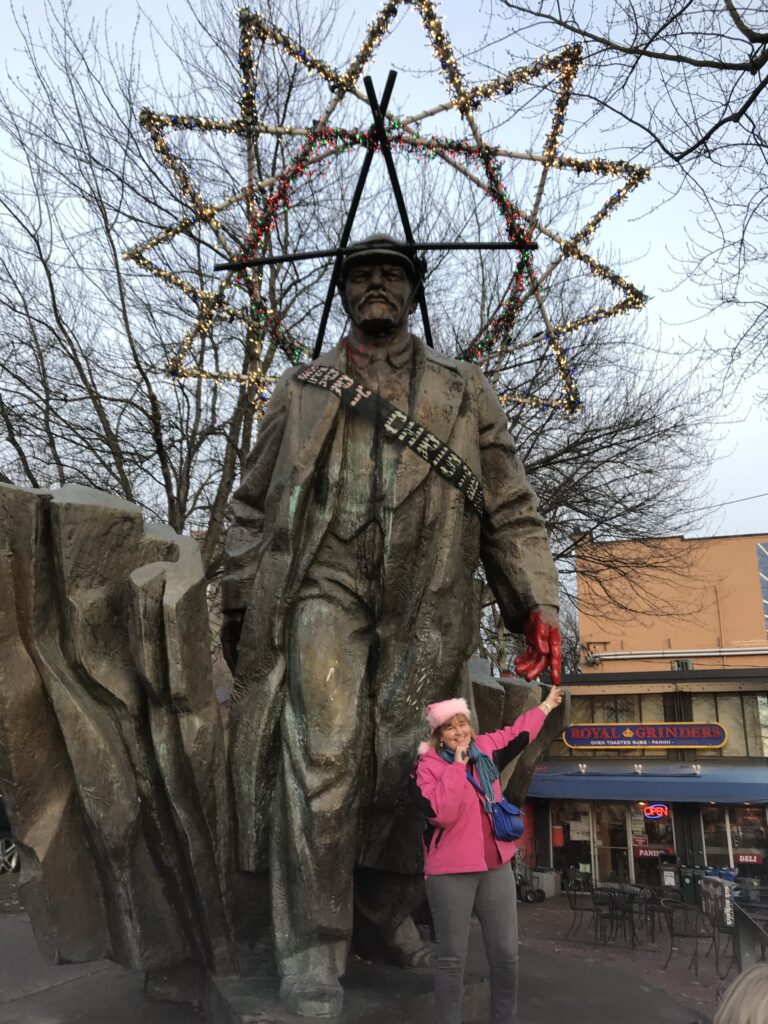Why is Fremont Considered the Center of the Universe?
The designation of Fremont as the “Center of the Universe” is a playful and symbolic title that reflects the neighborhood’s unique character and vibrant community.

Here are some key points that explain this designation:
- Historical and Cultural Roots: The idea dates back to the early 1970s when Fremont residents began to embrace their neighborhood’s quirky and artistic identity. By the 1990s, this notion was formalized by the local artistic community, known as the Artistic Republic of Fremont, which declared Fremont the “Center of the Universe” as part of a grassroots PR campaign to rebrand the area from an industrial zone to a cultural hub.
- Official Recognition: In 1994, the Metropolitan King County Council issued a proclamation that poetically declared Fremont the “Center of the Universe,” recognizing its history of community activism, artistic contributions, and unique local culture.
- The Guidepost: A signpost, known as the Guidepost, was erected at the intersection of North Fremont Avenue and North 35th Street. This sign humorously directs passersby to various local and far-flung destinations, including the North Pole, the Milky Way, and the Lost City of Atlantis, further cementing Fremont’s whimsical claim.
- Artistic and Community Landmarks: Fremont is home to numerous distinctive landmarks, such as the Fremont Troll, a giant sculpture under the Aurora Bridge; a statue of Lenin; and the “Waiting for the Interurban” sculpture. These landmarks contribute to the neighborhood’s reputation as a center of creativity and community spirit.
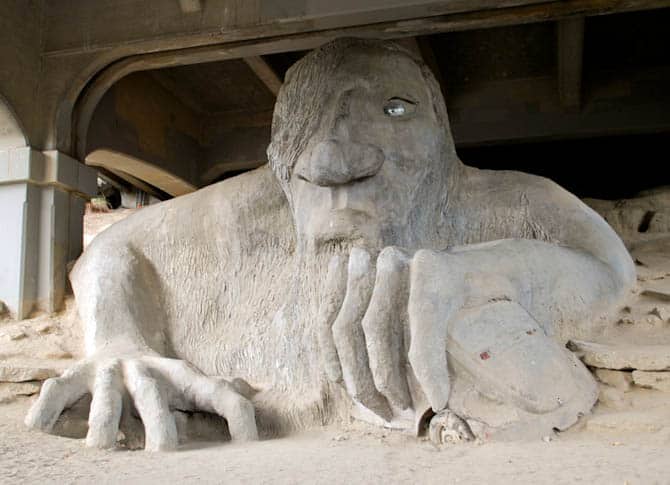
Importance of the Fremont Bridge
The Fremont Bridge is a significant landmark in Seattle for several reasons:

- Historical Significance: Opened on June 15, 1917, the Fremont Bridge is one of the oldest and most iconic bascule bridges in Seattle. It was part of the ambitious Lake Washington Ship Canal project, which was crucial for the development of Seattle’s North End.
- Engineering Feat: The bridge is a double-leaf bascule bridge, a type of drawbridge that allows it to open for marine traffic. It is one of the busiest drawbridges in the world, opening an average of 35 times a day due to its low vessel clearance of 30 feet (9.1 meters).
- Cultural and Community Role: The bridge connects the neighborhoods of Fremont and Queen Anne, facilitating both vehicular and pedestrian traffic. It is also a focal point for community events and artistic installations, such as the dynamic lighting design installed in 2018 as part of the bridge’s centennial celebrations.
- Aesthetic and Functional Value: The bridge’s distinctive blue and orange color scheme, chosen by community vote, adds to its visual appeal. It also features a bicycle counter, reflecting Seattle’s commitment to promoting cycling as a mode of transportation.
In summary, Fremont’s designation as the “Center of the Universe” is a testament to its vibrant, artistic, and community-oriented spirit, while the Fremont Bridge stands as a vital historical, cultural, and functional landmark in Seattle.
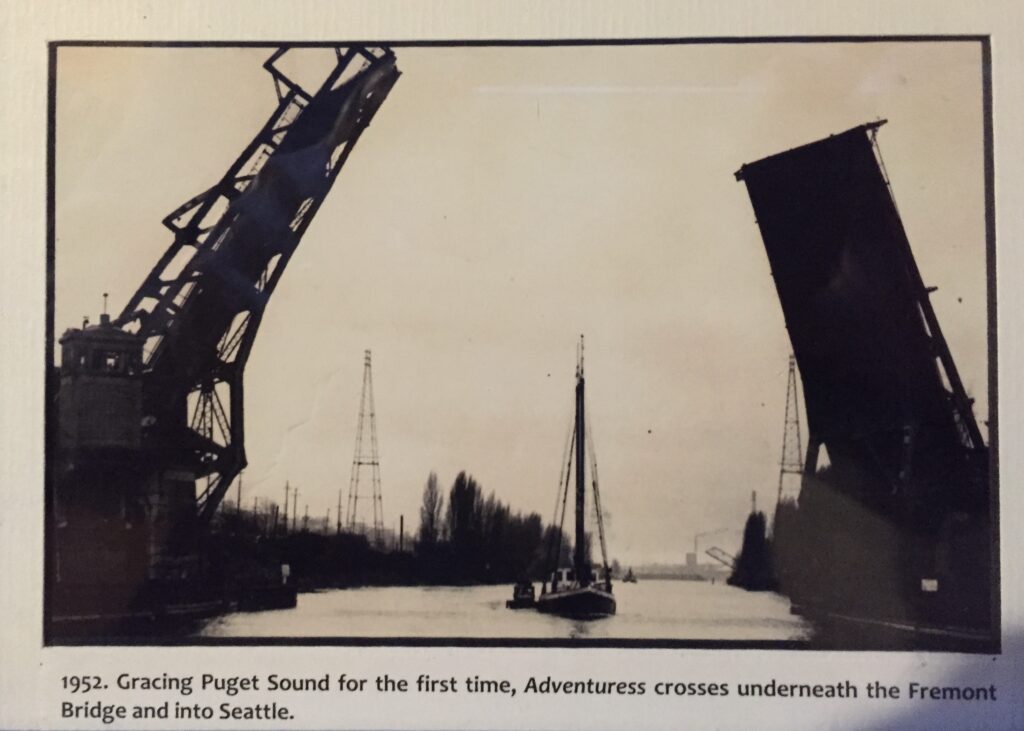
Businesses in Fremont
Fremont, known as the “Center of the Universe,” hosts a variety of businesses, including:
- Restaurants and Cafes: Popular spots include Fremont Brewing, Revel, and Paseo.
- Retail Shops: Unique stores like Fremont Vintage Mall and Book Larder.
- Tech Companies: Google and Adobe have offices in Fremont.
- Art Galleries and Studios: Reflecting the neighborhood’s artistic vibe.
Transportation to Fremont
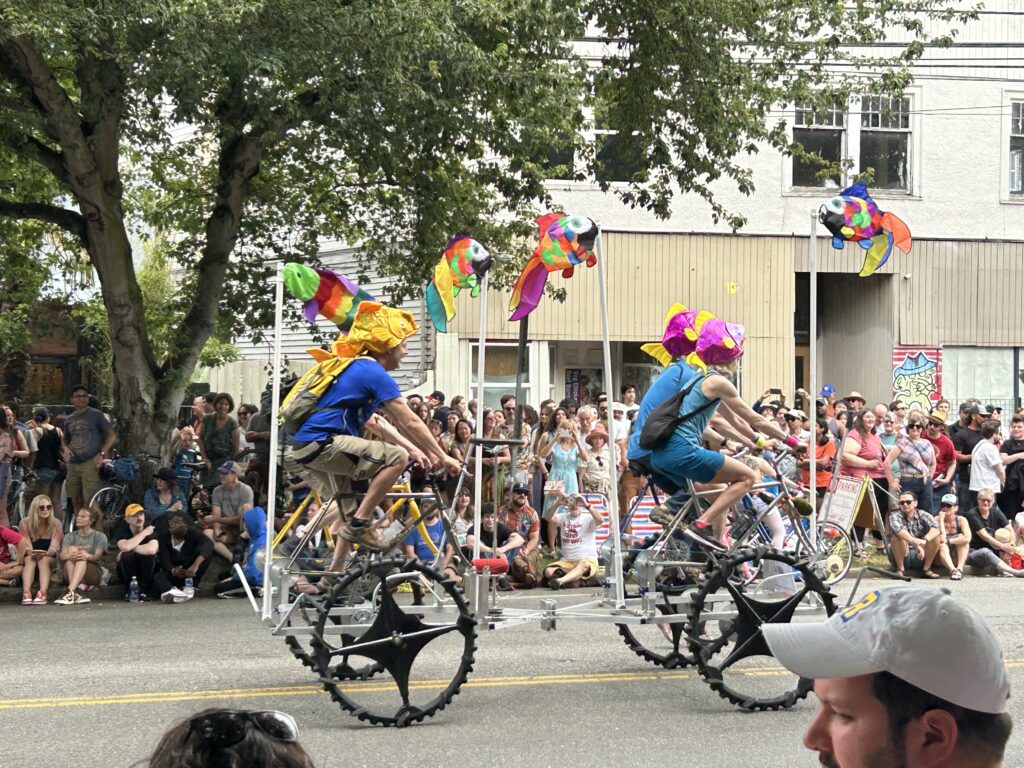
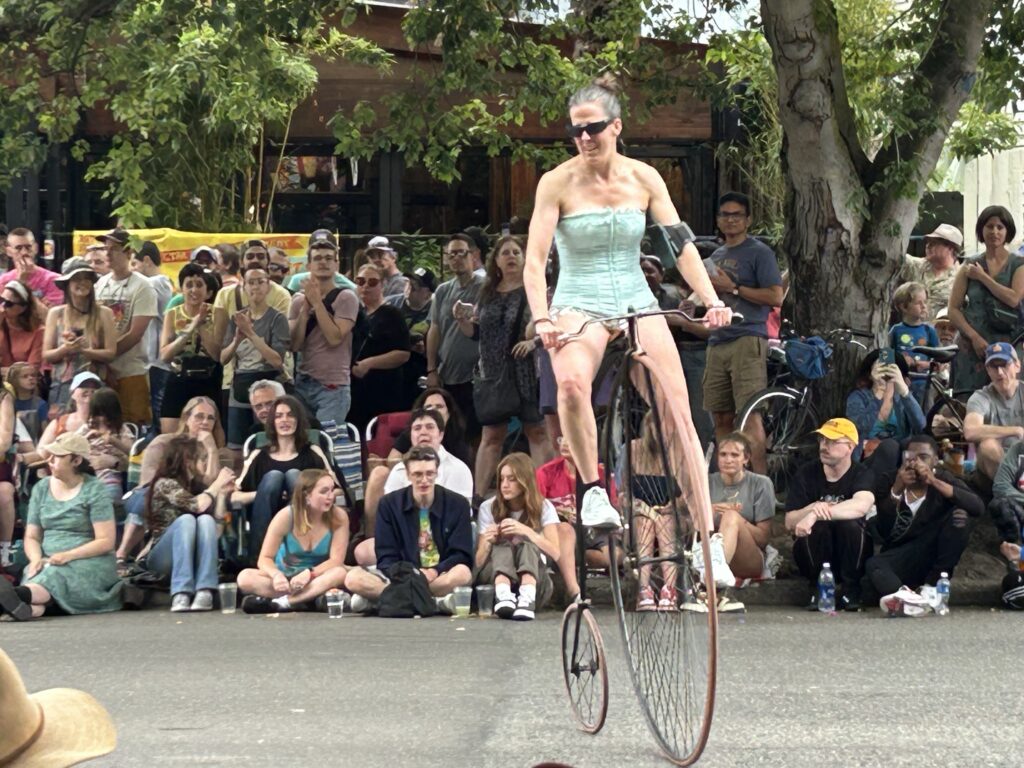
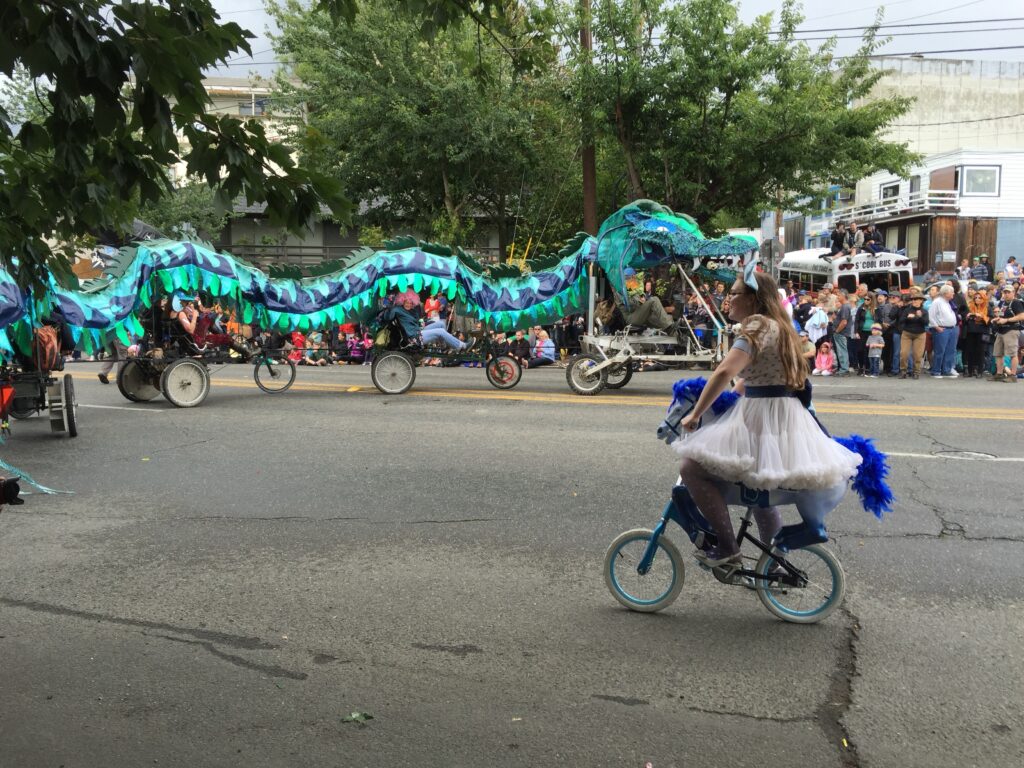
- From University of Washington: Buses 31 and 32 connect the University District to Fremont, making it relatively easy to travel between these areas.
- From City Hall: Buses 5, 40, and 62 provide direct routes from downtown Seattle to Fremont.
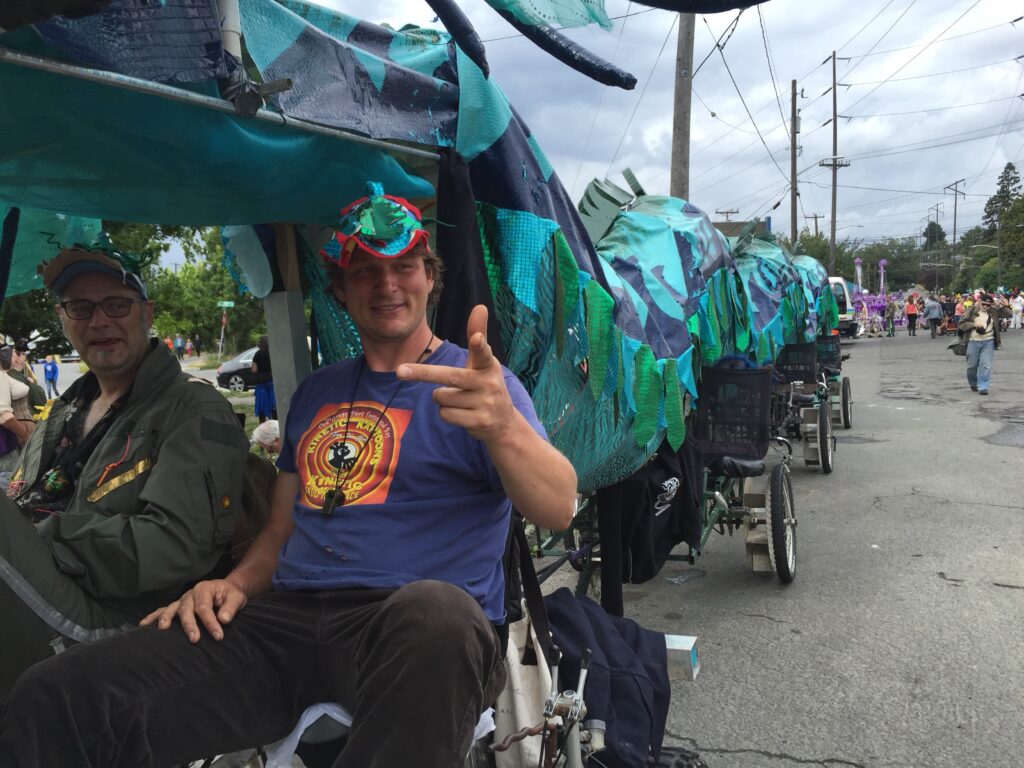
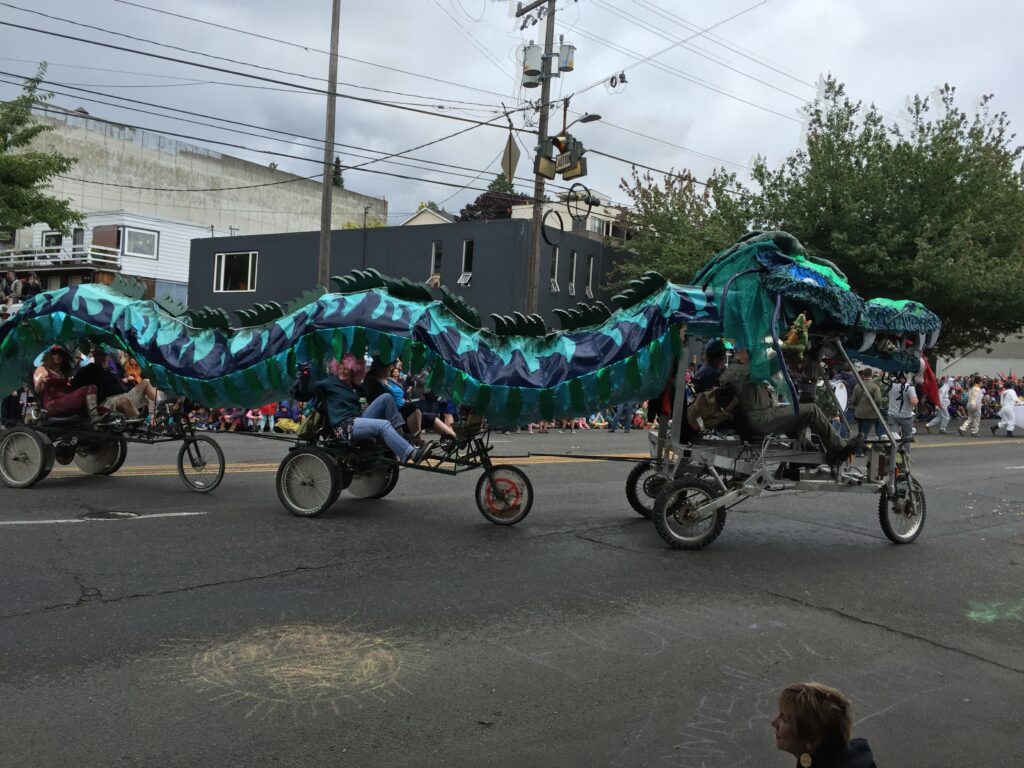

Location and Proximity
- Not in Downtown Seattle: Fremont is a distinct neighborhood north of downtown Seattle.
- Distance from City Hall: Fremont is approximately 3 miles from Seattle City Hall, not within a mile.
Docking a Boat
- Boat Docking: Visitors can dock boats at the Fremont Boat Company or the nearby Lake Union docks, providing easy access to the neighborhood.
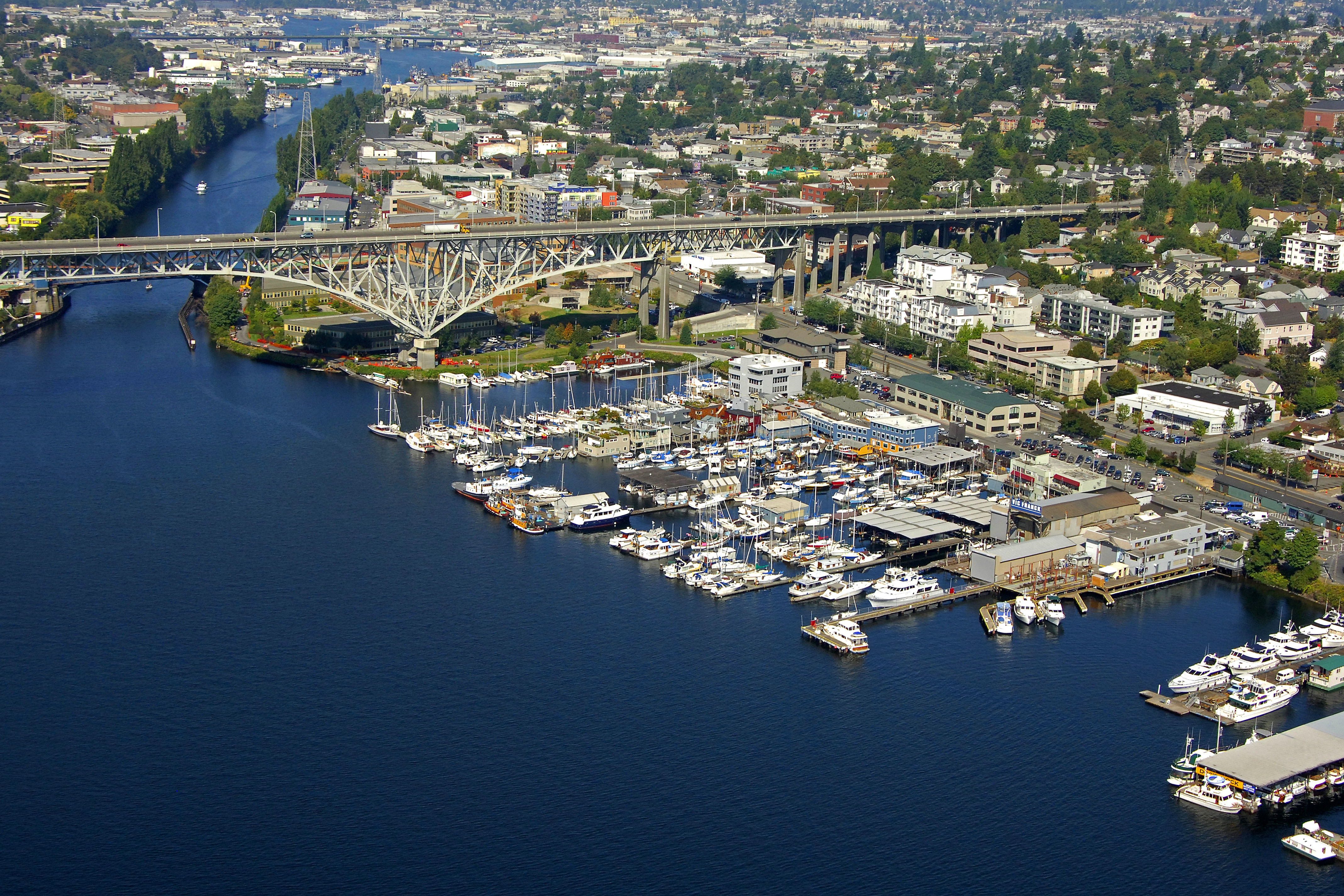
Naming of Fremont
- Origin of the Name: Fremont was named by its founders, L.H. Griffith and E. Blewett, after their hometown of Fremont, Nebraska, which itself was named after explorer John Charles Fremont.
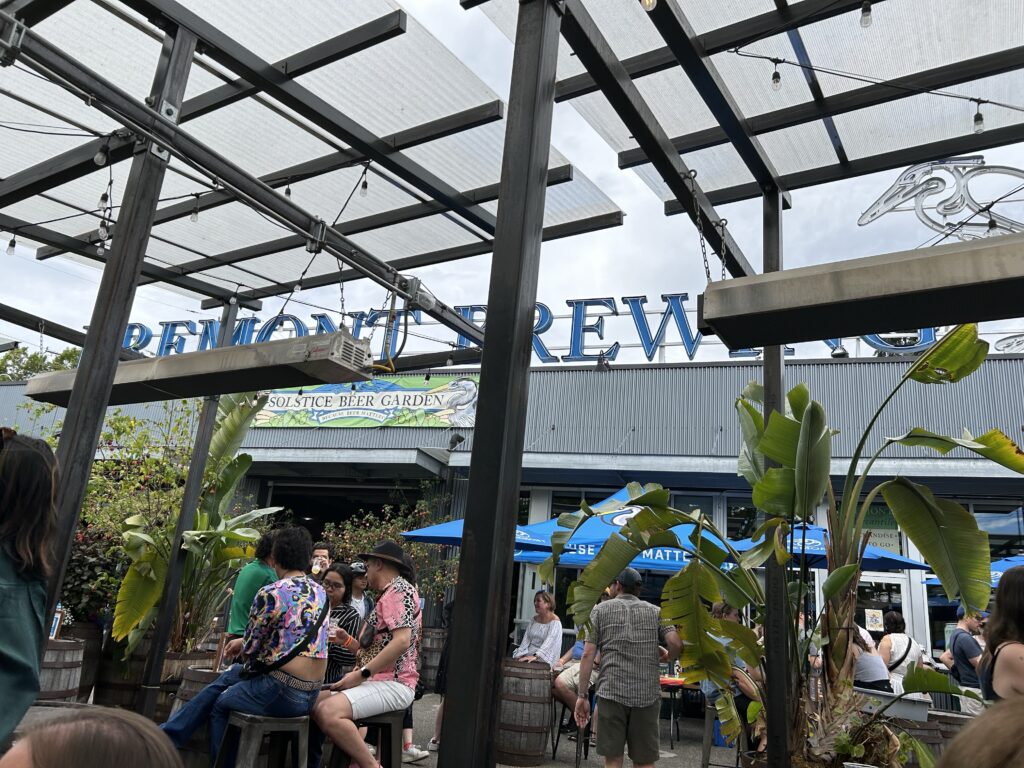
Summer Solstice Celebration
The Summer Solstice Celebration in Seattle’s Fremont district, known as the “Center of the Universe,” is a vibrant annual event that includes several key components:
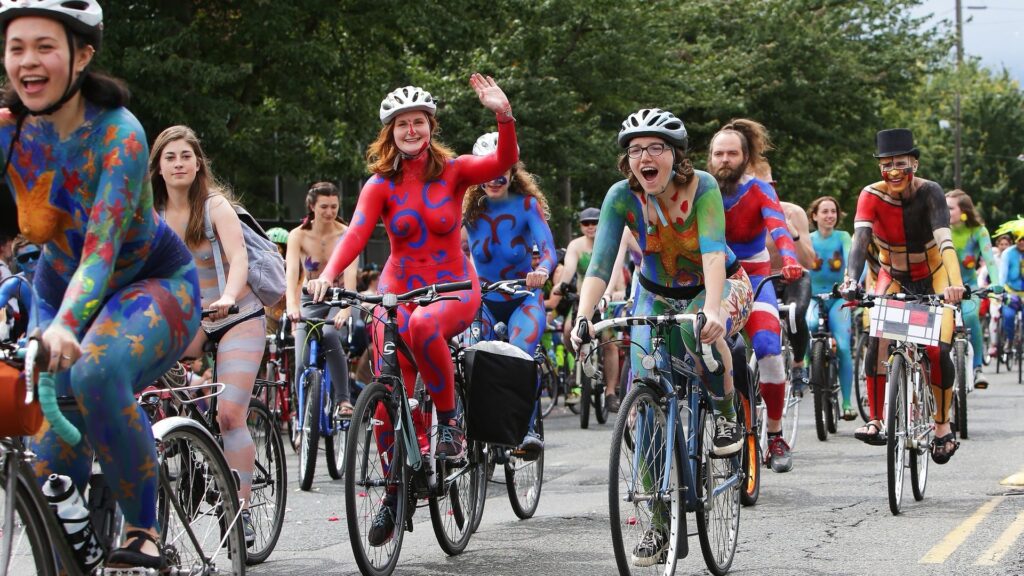
- Fremont Solstice Parade: This is the main attraction of the celebration, scheduled for June 22, 2024, at 1 p.m. The parade route starts at the intersection of Leary Ave N and N. 39th St, proceeds along N. 36th St, passes the Lenin statue, and ends at the Fremont Rocket.
- Nude Bicyclists: Yes, the event famously features nude cyclists, known as the Solstice Cyclists. They traditionally kick off the parade by riding nude and painted. In 2024, they are expected to do loops starting at 12:50 p.m., just before the main parade begins.
- Fair and Beer Garden: The Fremont Fair accompanies the parade, offering live music, food, and likely a beer garden, though specific details for 2024 were not provided in the search results.
- Artistic Expression: The parade is known for its creative and artistic elements, including giant puppets, stilt walkers, floats, dancers, and musicians. It emphasizes community-based, people-powered ensembles.

Regarding the history and uniqueness of the nude bicyclist parade:
- Origin: The Fremont Solstice Parade was founded in 1989, but nude cyclists began appearing in the early 1990s. The first documented appearance of nude cyclists was in 1992, with 7-10 people cycling naked in 1993.
- Not the First in the USA: While Fremont’s event is well-known, it’s not the first nude bicyclist parade in the USA. The World Naked Bike Ride, for instance, takes place in multiple cities globally, including several in the United States.
- Other Cities: According to the 2024 rankings for naked biking, several other U.S. cities feature similar events or are considered favorable for nude cycling. The top cities include:
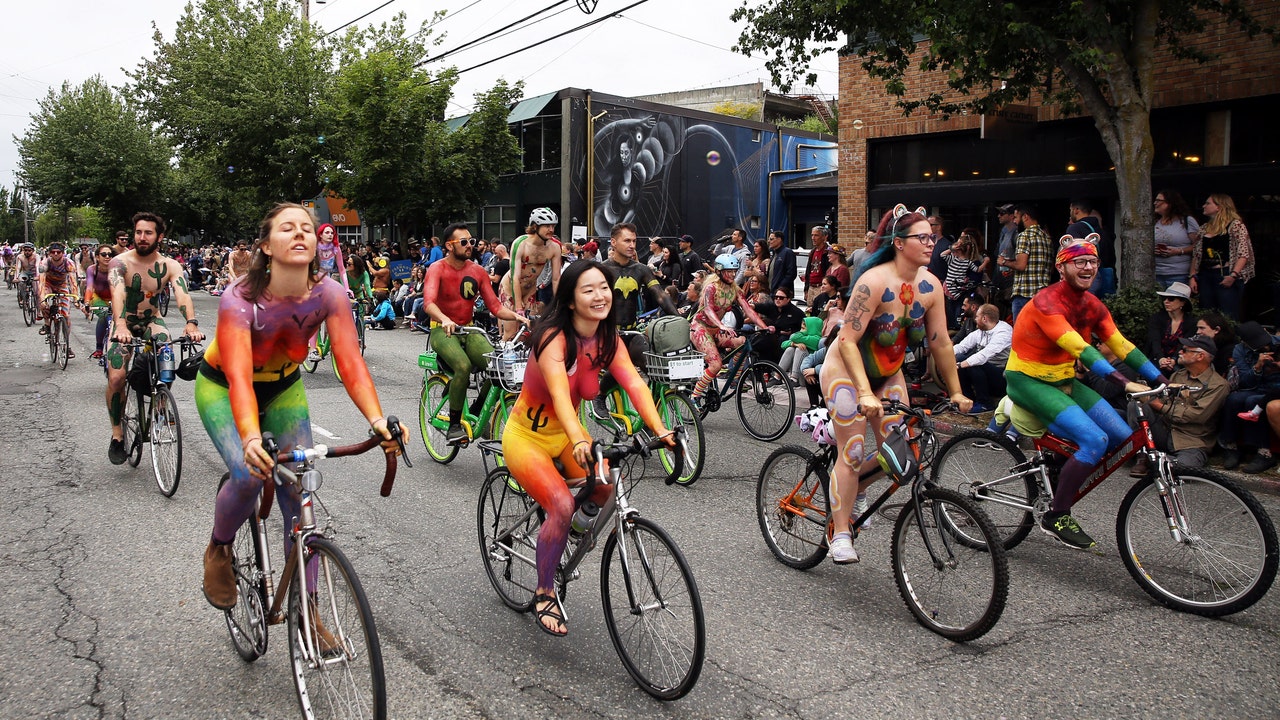
It’s worth noting that while public nudity is generally illegal in many places, these events often operate under exceptions for political expression or have special arrangements with local authorities.



The Fremont Solstice Parade and its accompanying nude cyclist tradition have become an iconic part of Seattle’s cultural landscape, embodying the city’s reputation for creativity, quirkiness, and liberal attitudes.
- Parade, traditionally kicking off the event.
- Artistic Expression: Over the years, the parade has maintained and expanded its focus on creative and artistic elements. It now features giant puppets, stilt walkers, floats, dancers, and musicians, emphasizing community-based, people-powered ensembles.
- Route Changes: The parade route has changed over time. In 2024, for example, the route will start at the intersection of Leary Ave N and N. 39th St, proceed along N. 36th St, pass the Lenin statue, and end at the Fremont Rocket.
- Associated Events: The parade has become part of a larger celebration. It now kicks off the Fremont Fair, which has grown to include live music, food vendors, craft markets, and a beer garden.
- Fremont Solstice Pageant: From 1997 to 2005, the parade was followed by a large-scale community play at Gas Works Park, featuring over a hundred actors, musicians, and giant puppets.
- Unique Rules: The parade has maintained its distinctive character by establishing and adhering to unusual rules, such as no printed words or logos, no live animals (except guide animals), no motorized vehicles (except wheelchairs), and no functional weapons.
- Organizational Structure: The event is now produced by the Fremont Arts Council (FAC), a non-profit organization that supports arts and artists in and around Seattle.
- Challenges and Adaptations: The parade has faced challenges, including cancellations in 2020 and 2021 due to the COVID-19 pandemic. However, it has shown resilience by returning and adapting to new circumstances.
- Cultural Impact: Over the decades, the Fremont Solstice Parade has become an integral part of Seattle’s cultural landscape, embodying the city’s reputation for creativity, quirkiness, and liberal attitudes.
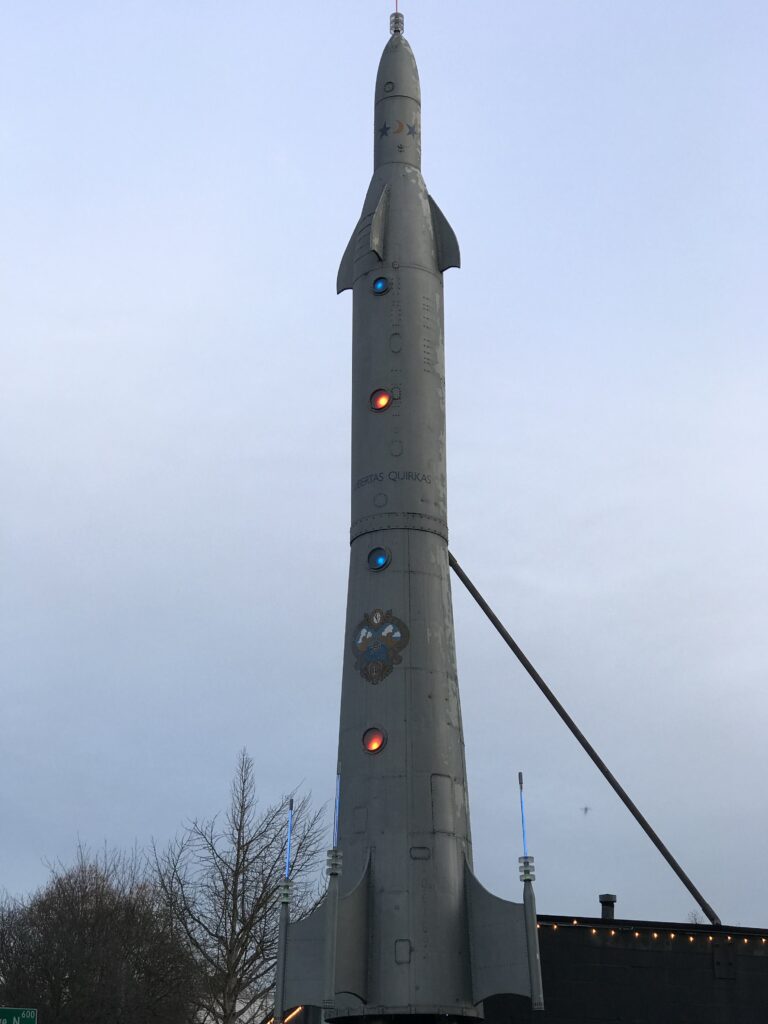
The evolution of the Fremont Solstice Parade reflects its growth from a small community event to a significant cultural institution in Seattle, while maintaining its core values of artistic expression, community participation, and free-spirited celebration.

The Fremont Solstice Parade has featured numerous memorable floats and performances over its history, reflecting its reputation for creativity, political humor, and community engagement. Here are some highlights:
King Kong Float: One of the standout floats was the King Kong float from Los Angeles, which included Fay Wray, airplanes, and all the iconic elements from the classic movie. This float exemplified the parade’s blend of pop culture and artistic expression.
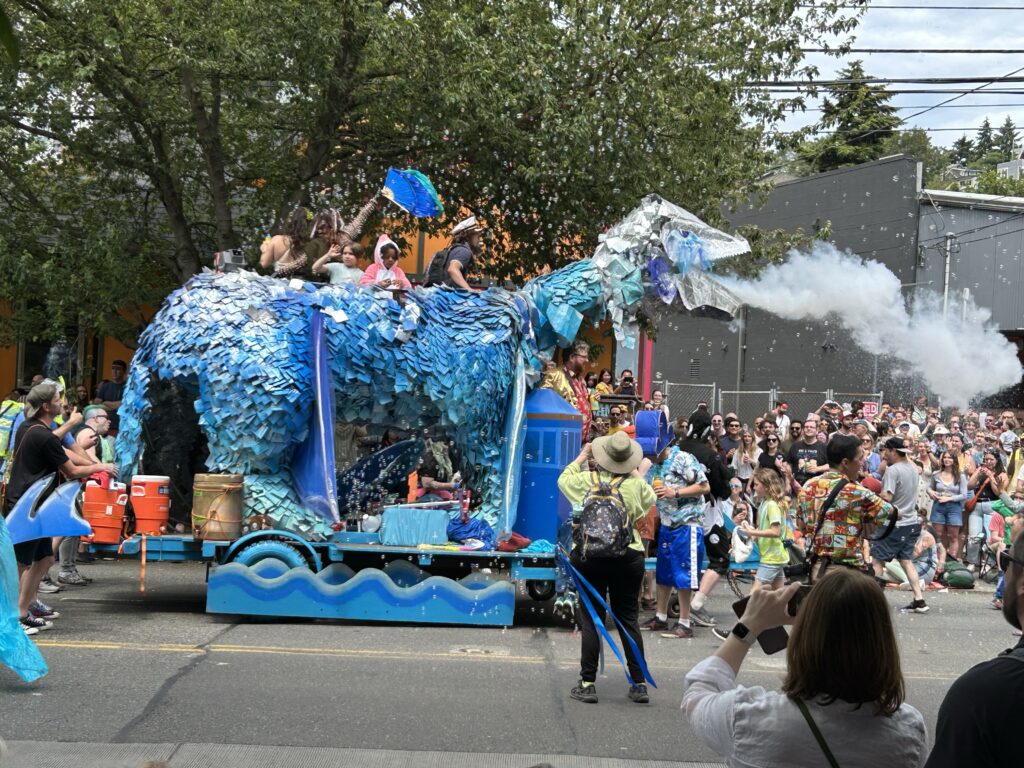
Honeybee Bikers and American Flag Formation: The Solstice Cyclists have become an art form in themselves. Notable examples include cyclists painted as honeybees and a group of six cyclists forming an American flag. These performances highlight the creativity and free expression that the parade fosters.
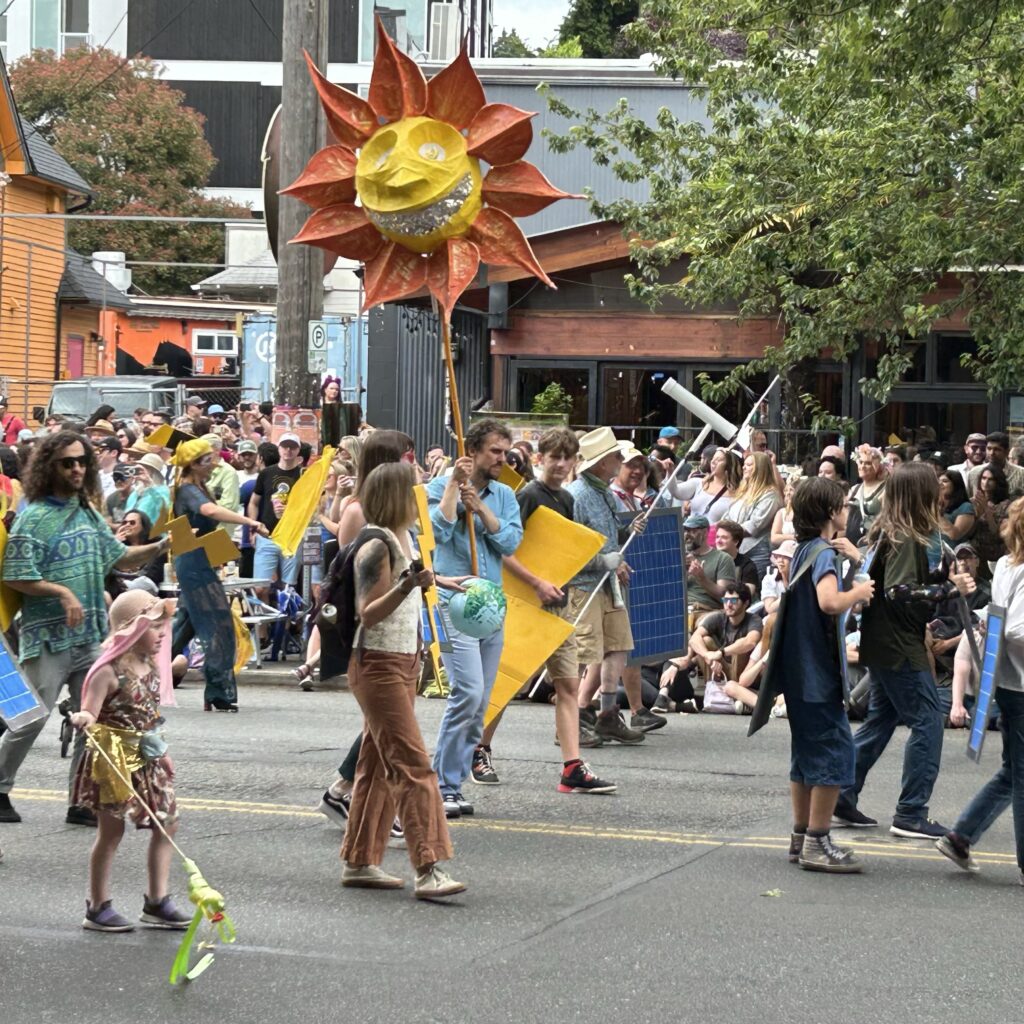
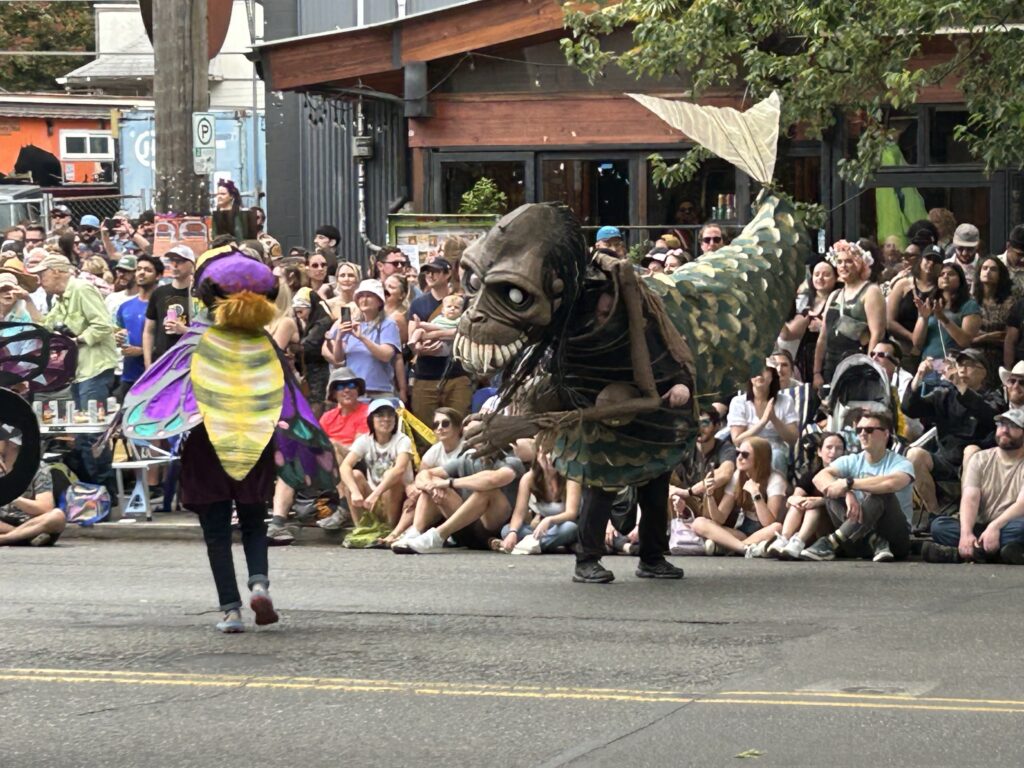
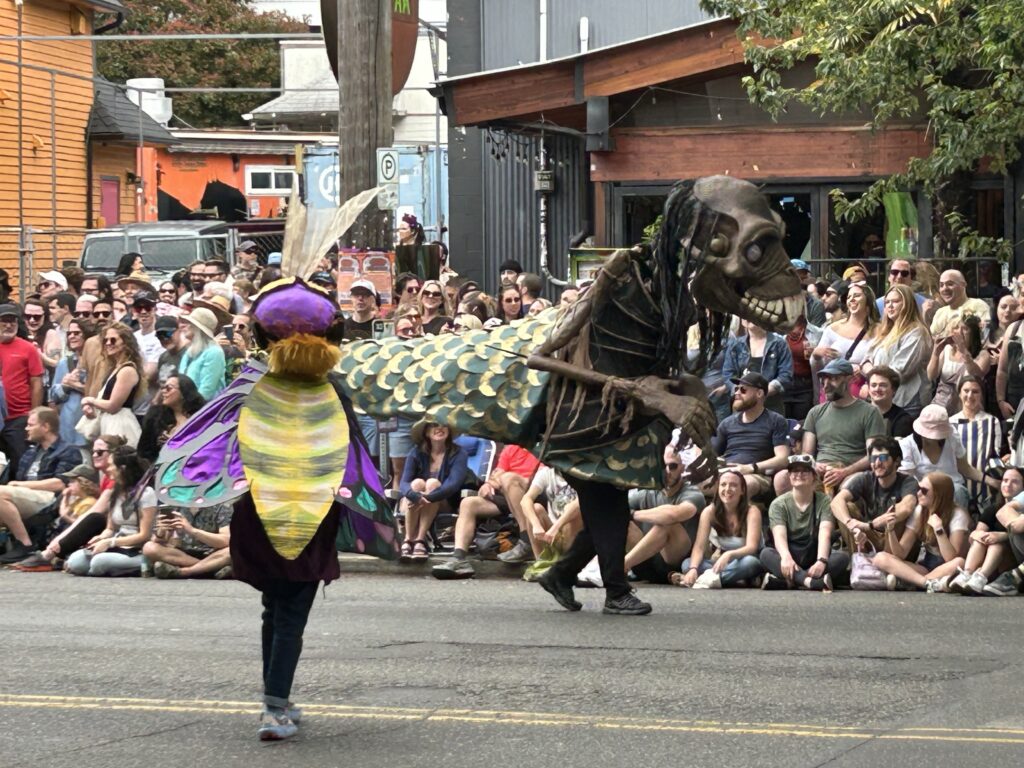
Giant Puppets and Exotic Dancers: The parade is known for its giant puppets and exotic dancers, which add to the visual spectacle and festive atmosphere. These elements have been a consistent feature, contributing to the parade’s unique character.
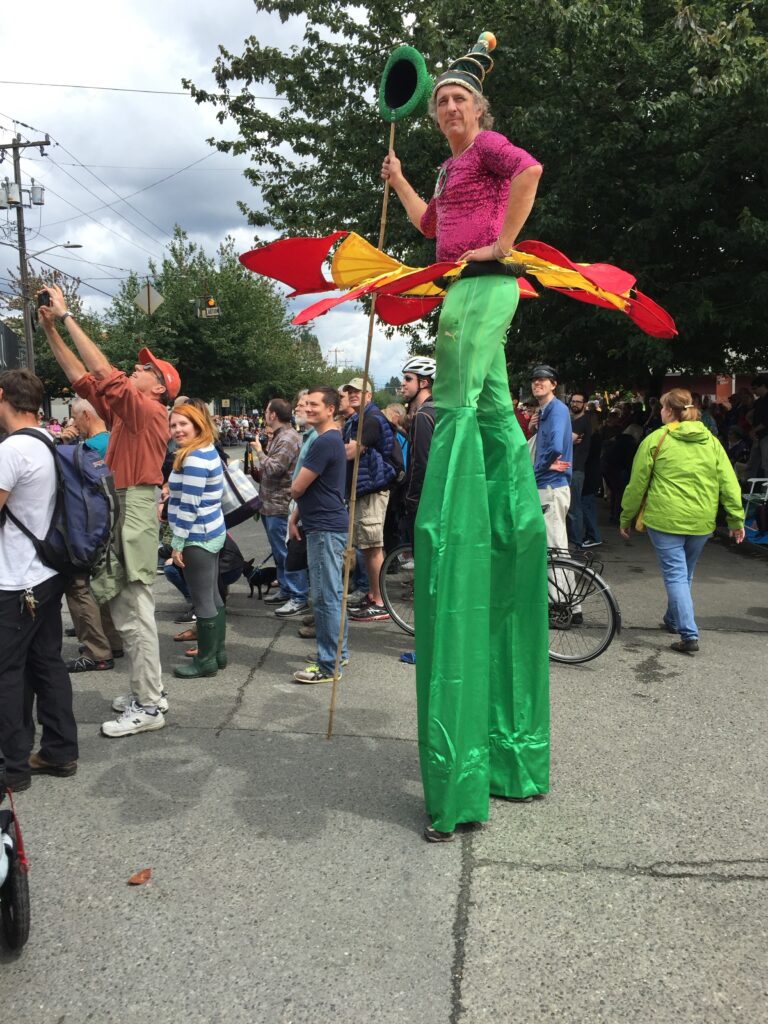
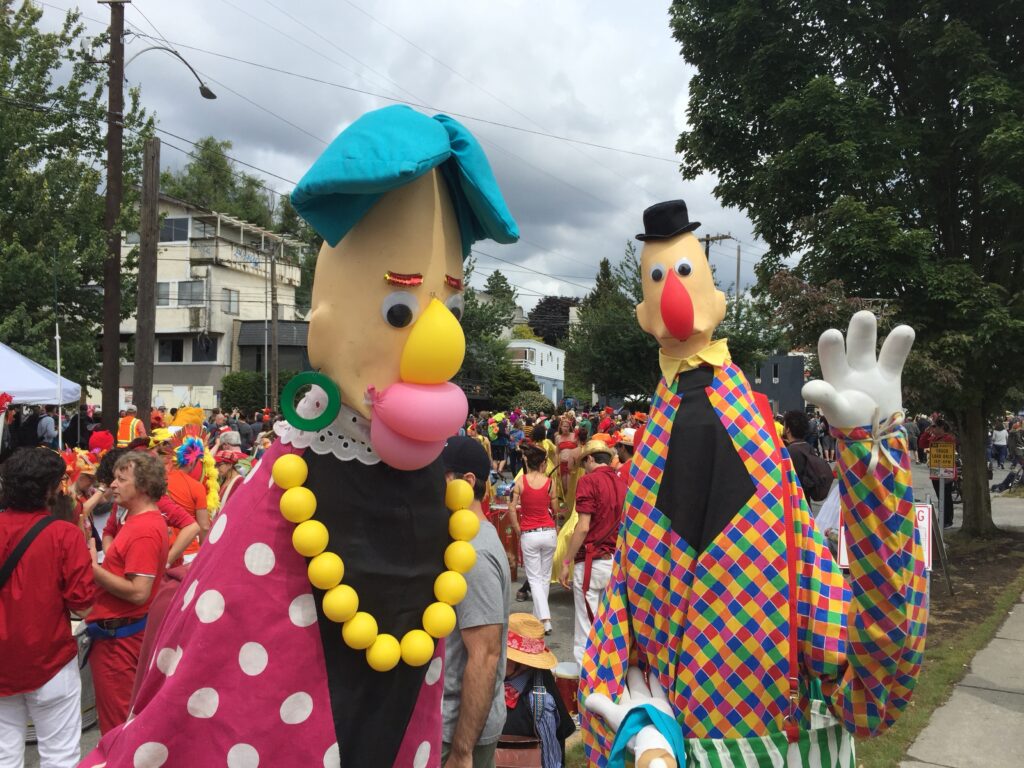
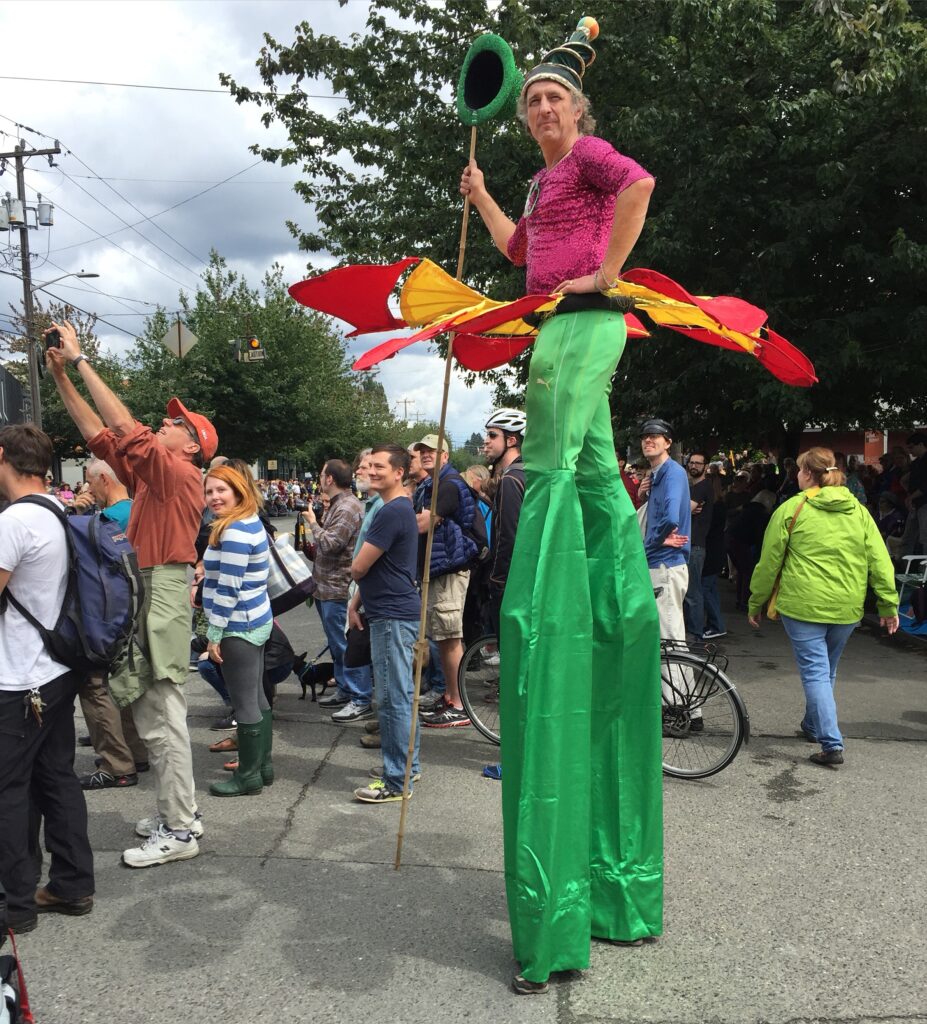
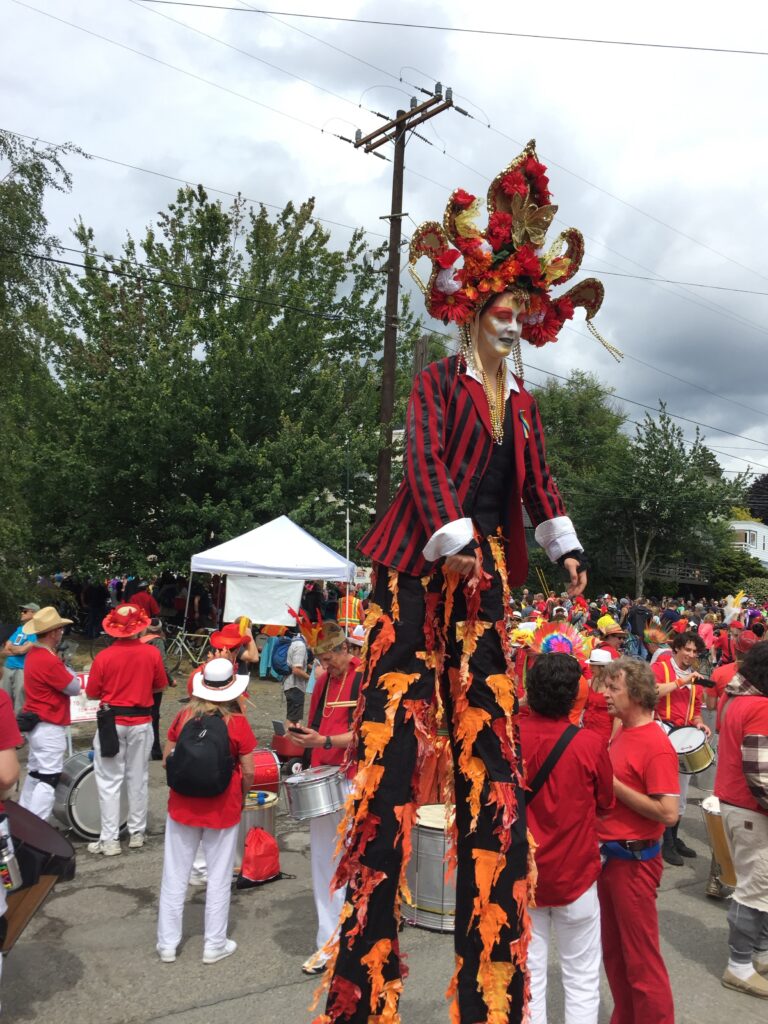
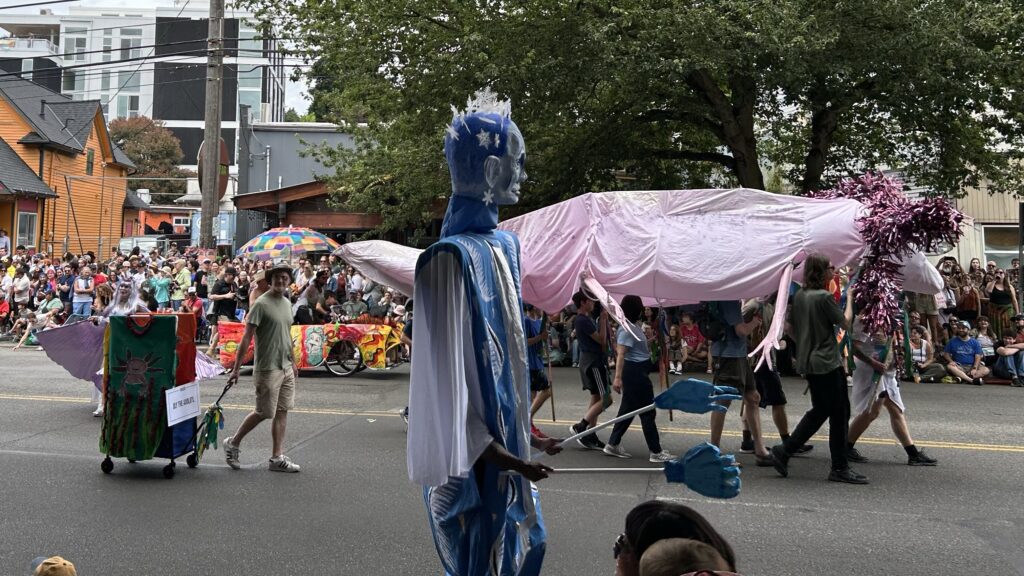
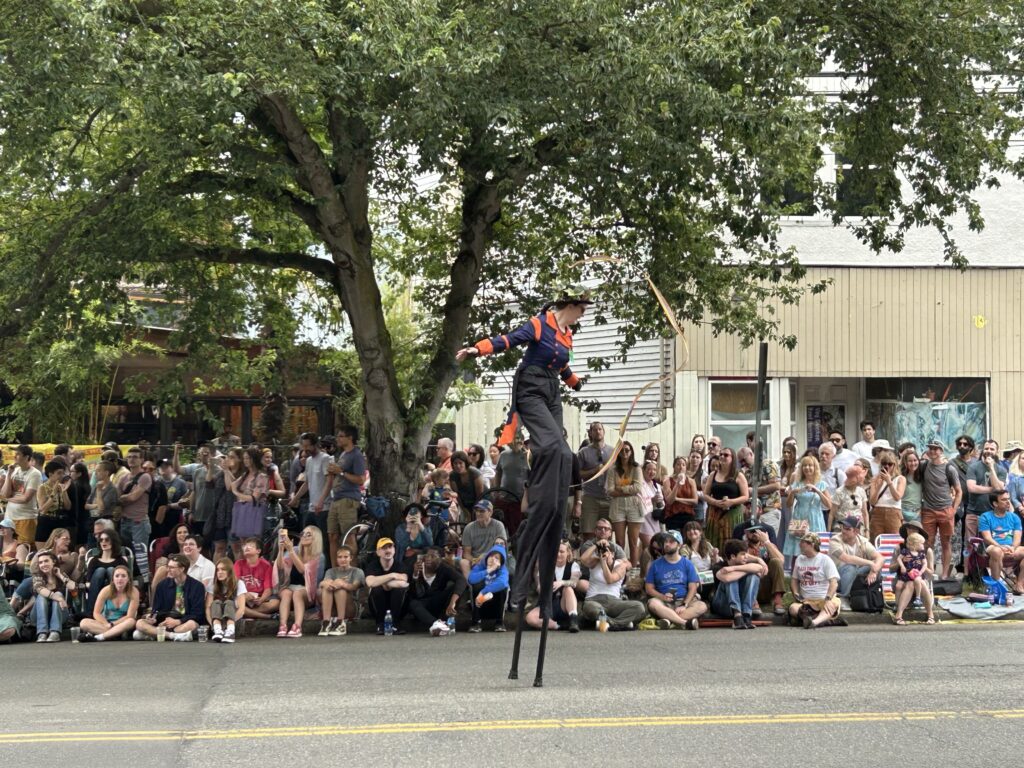
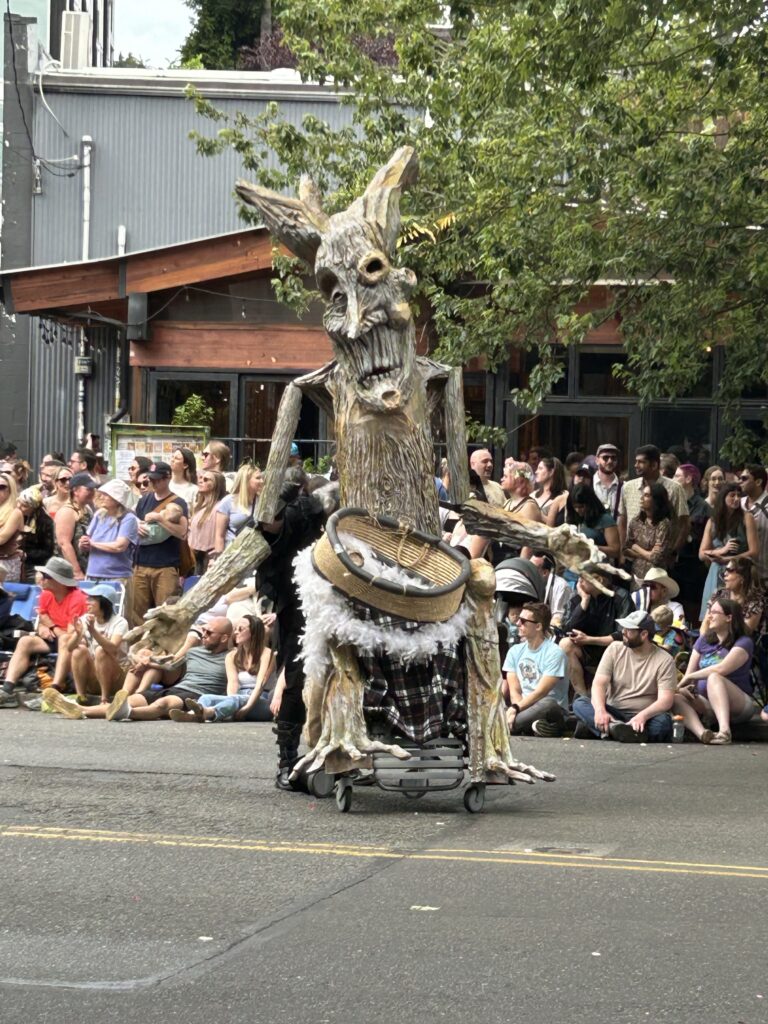
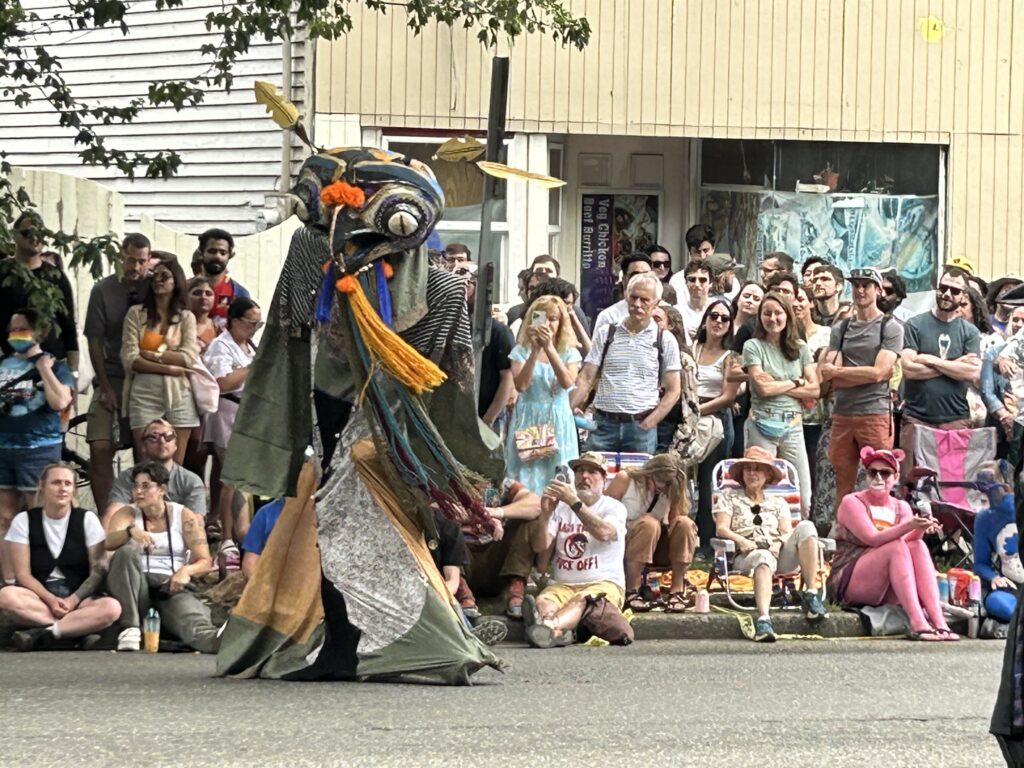

Political and Social Commentary: Many floats and performances incorporate political and social commentary, often with a humorous twist. This aspect of the parade allows participants to engage with current events and societal issues in a creative and thought-provoking manner.
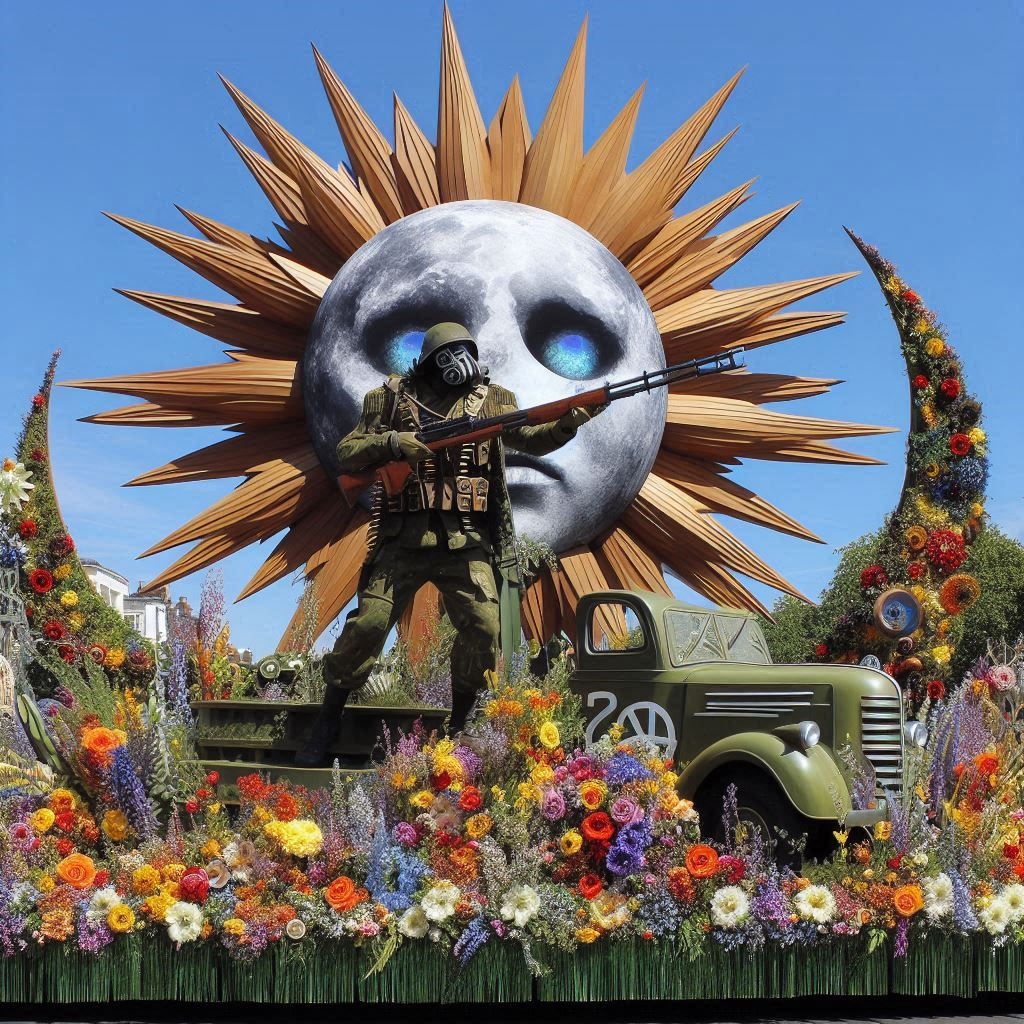
Community Ensembles: Long-standing community groups, such as belly dancers, samba bands, and steel drum ensembles, regularly participate in the parade. These groups bring a sense of continuity and tradition, while also showcasing diverse cultural expressions.
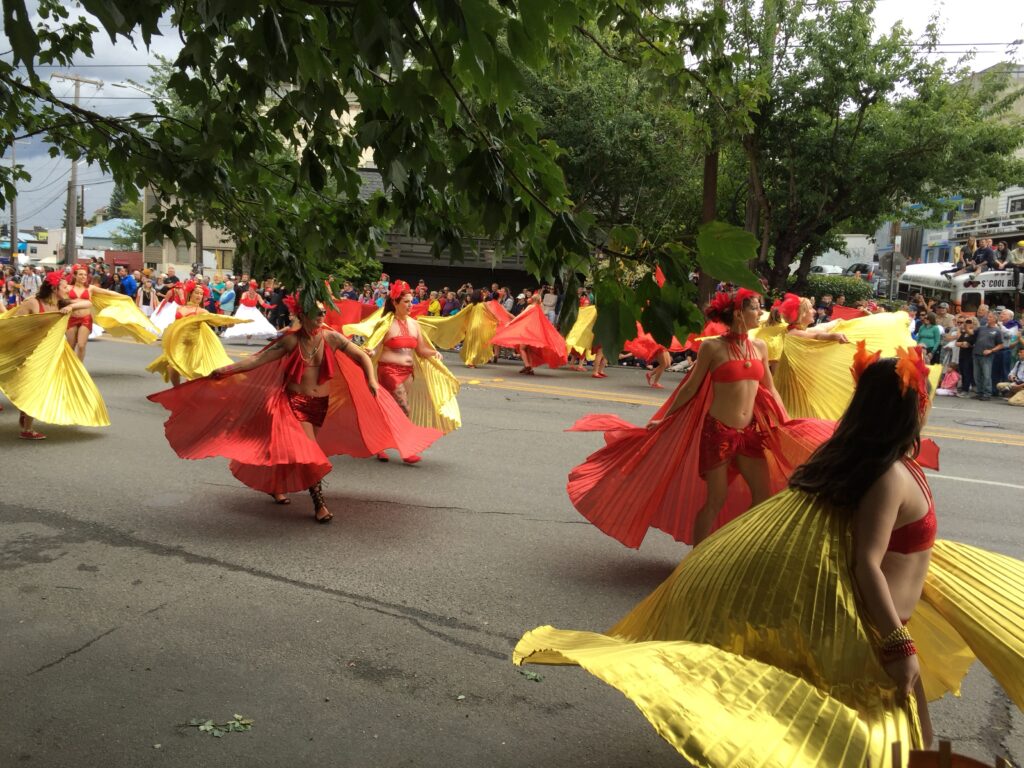
Interactive Performances: The parade encourages direct interaction between performers and the audience. This interactive approach blurs the line between spectators and participants, creating a more immersive and engaging experience for everyone involved.
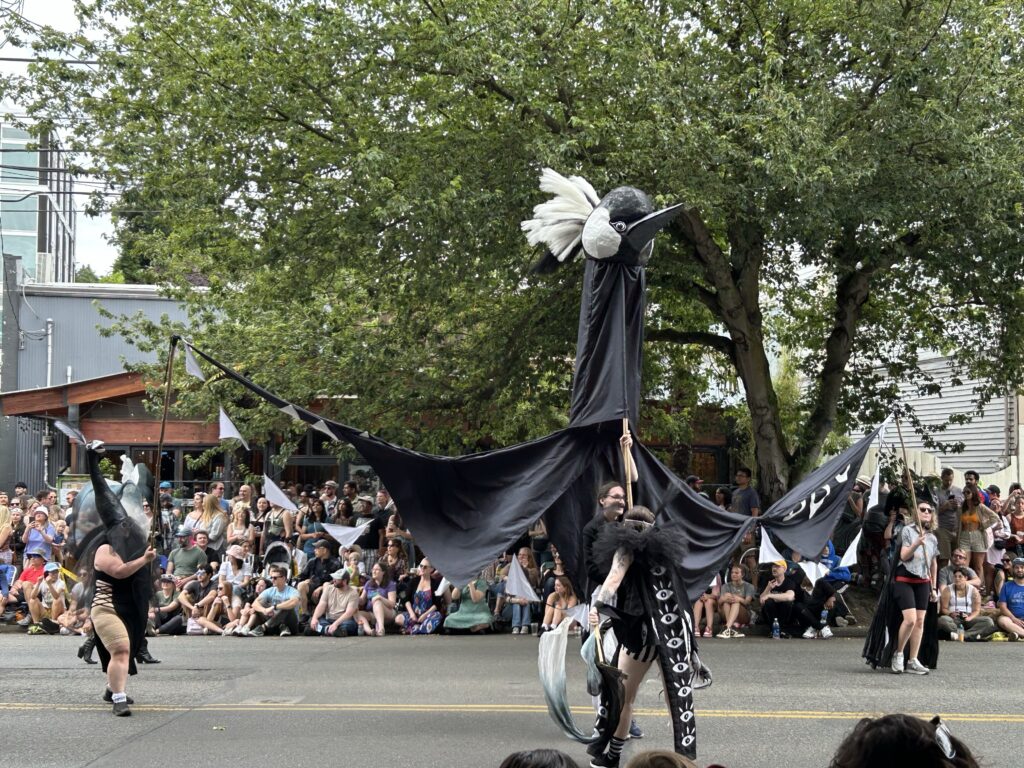
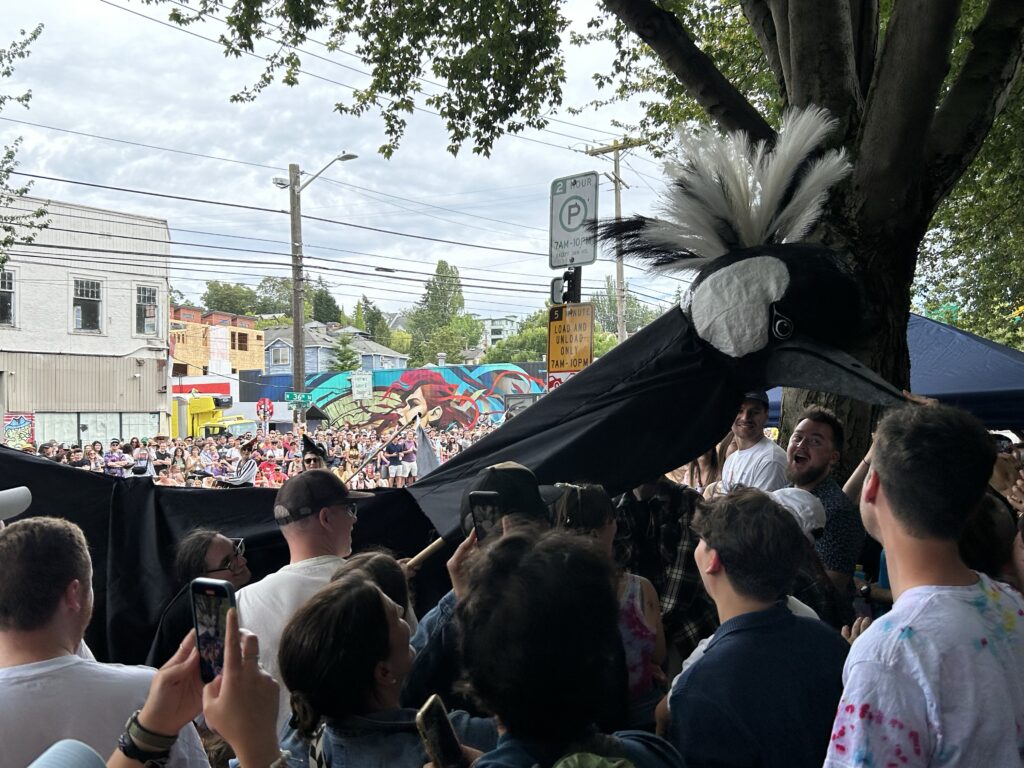
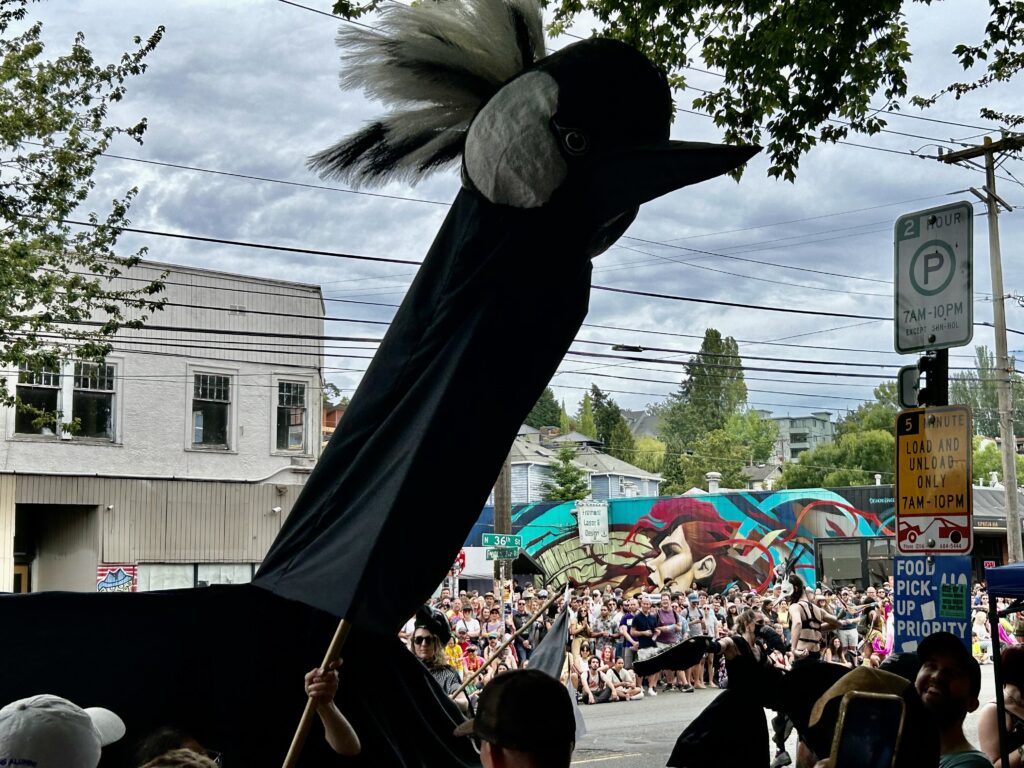
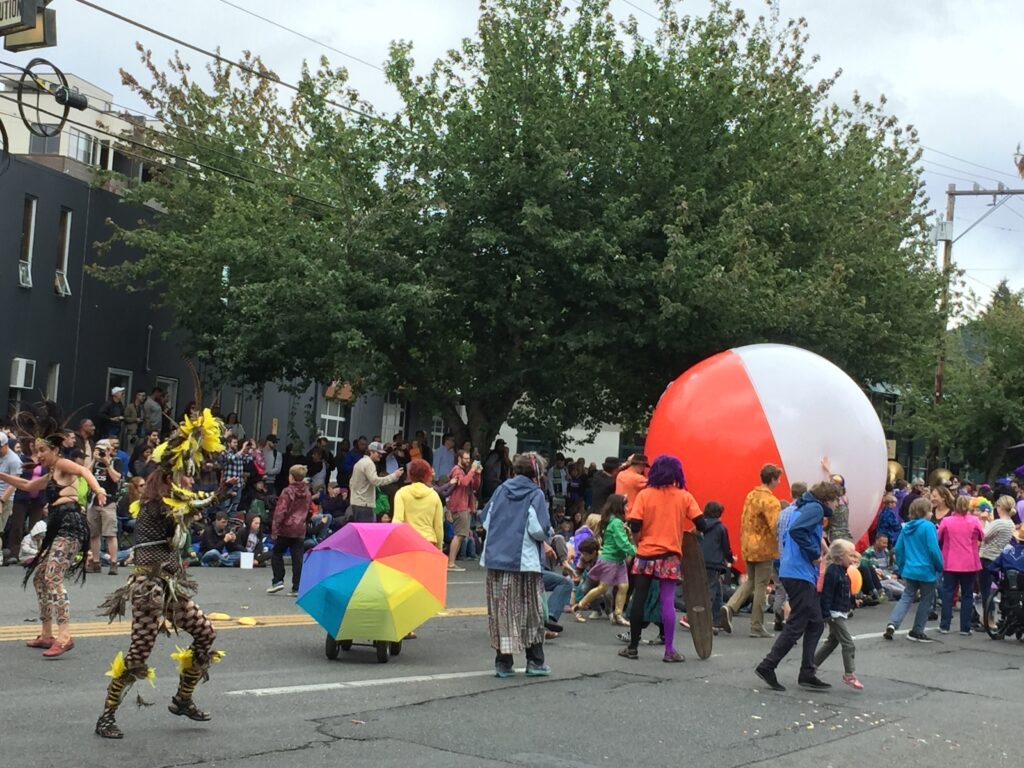
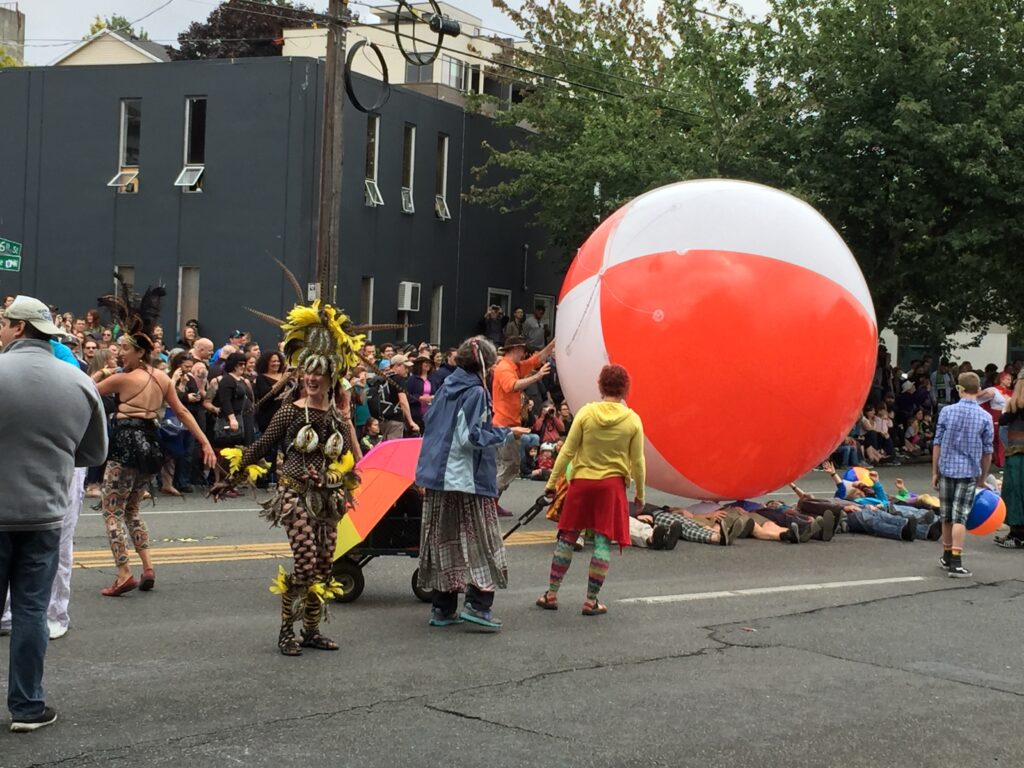
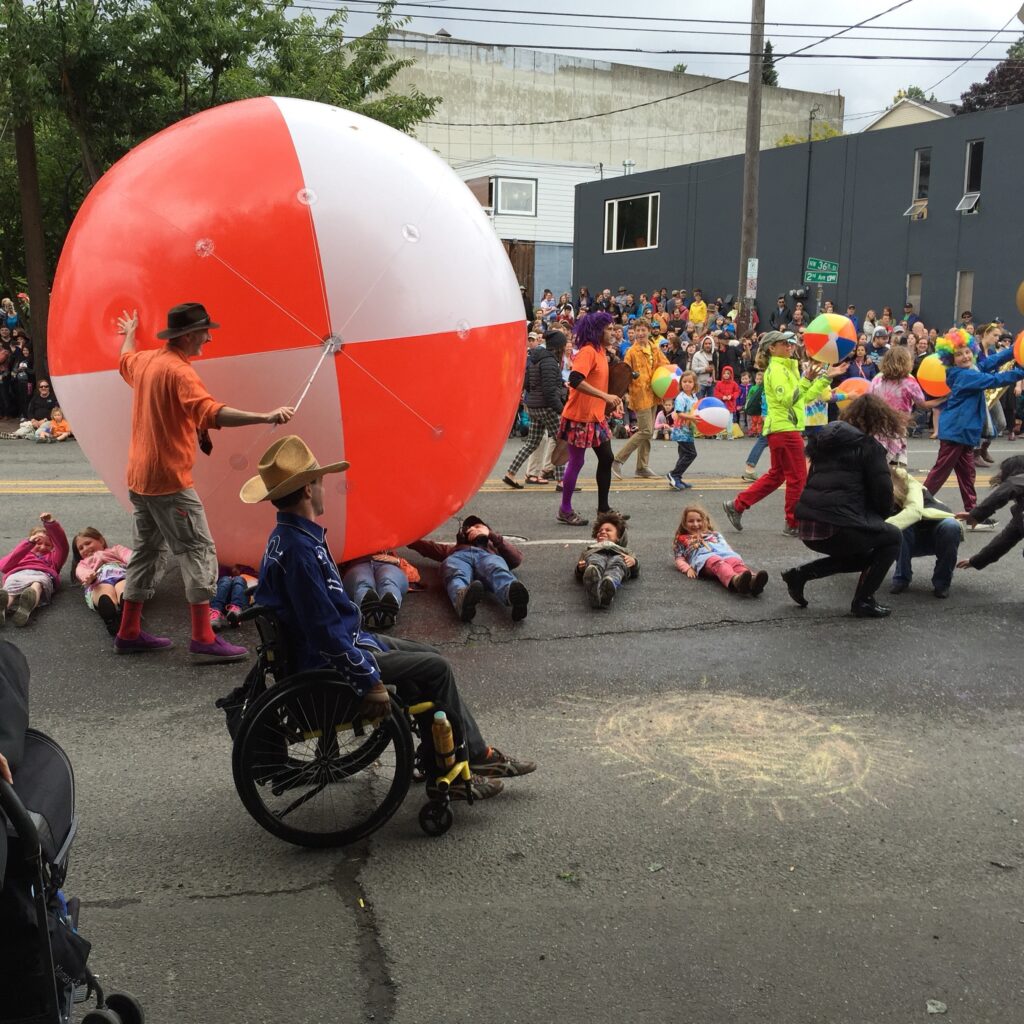
These memorable floats and performances illustrate the Fremont Solstice Parade’s evolution into a beloved Seattle tradition, celebrated for its artistic innovation, community spirit, and playful irreverence.
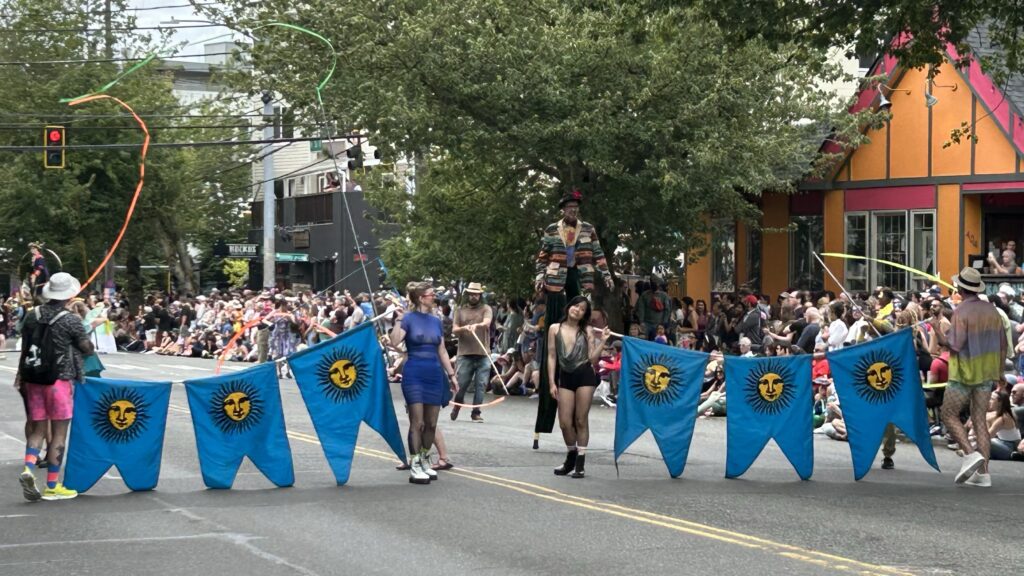
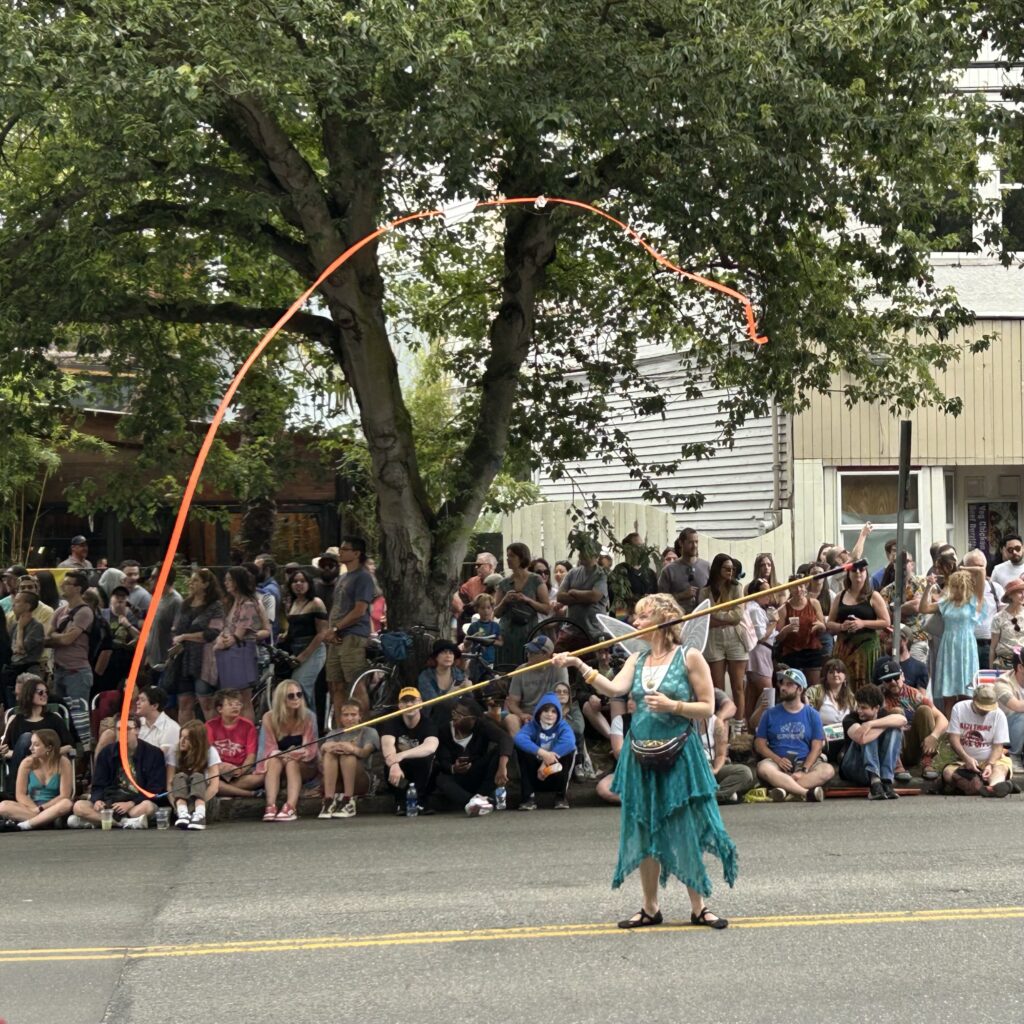
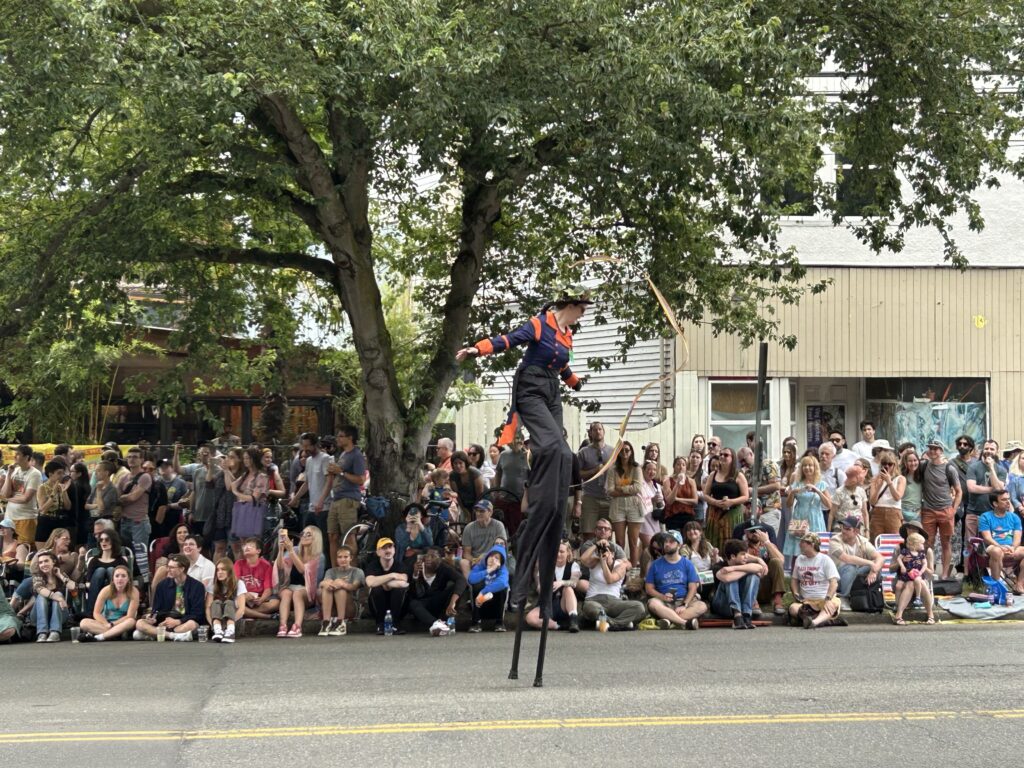
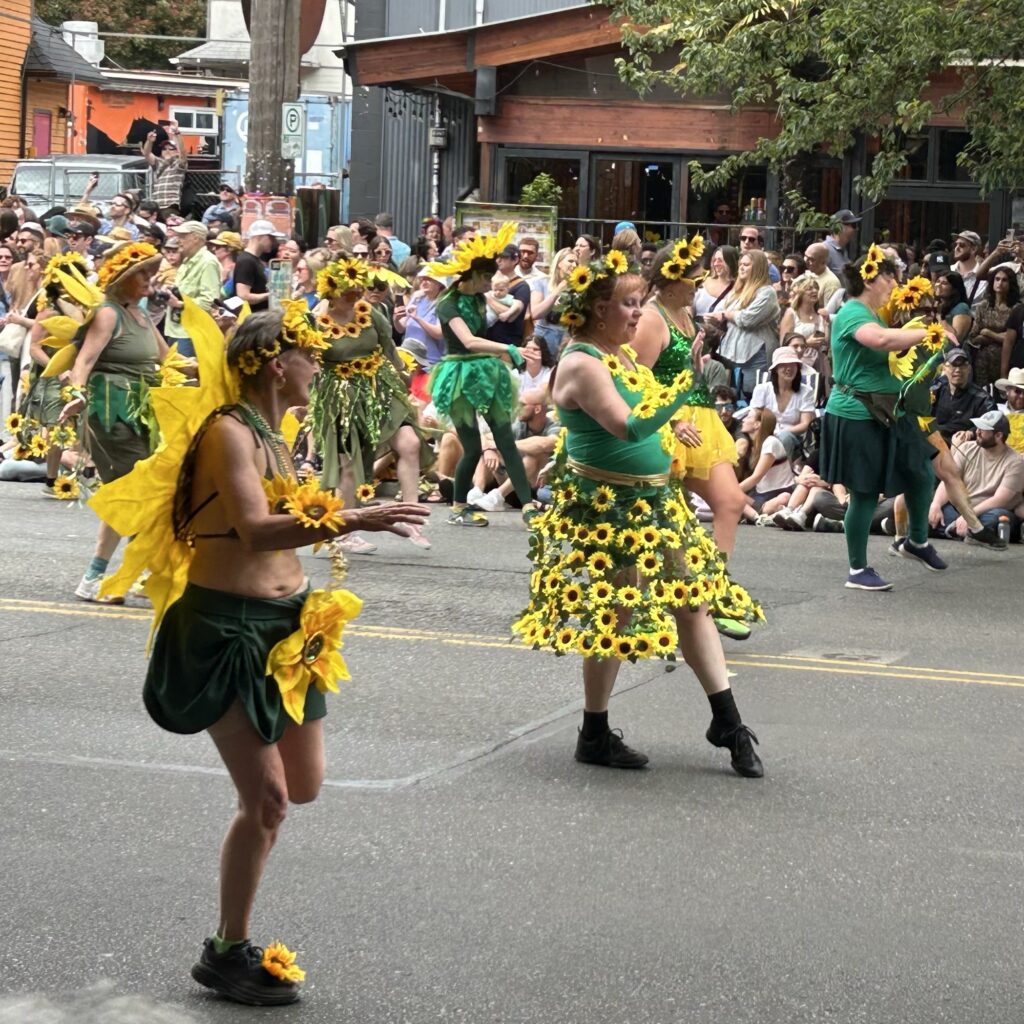
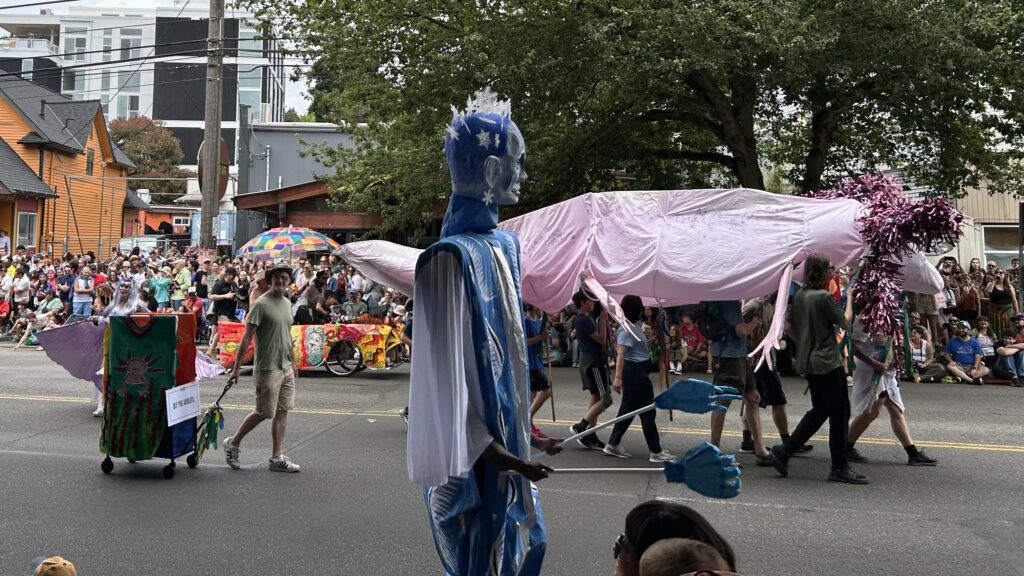
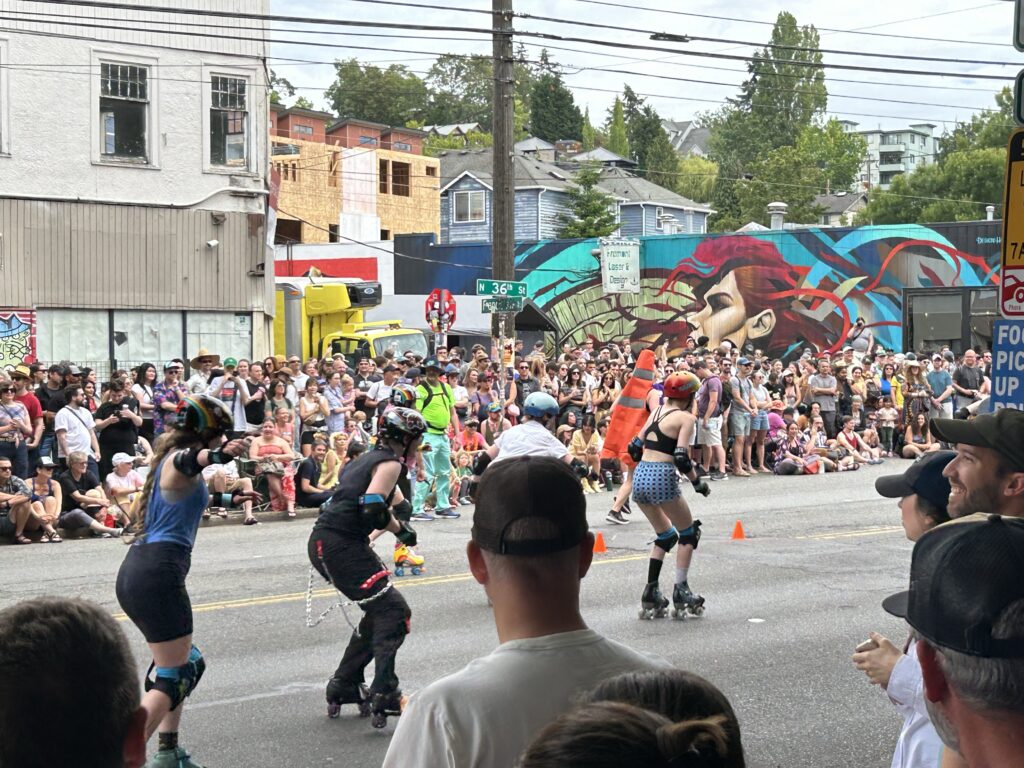
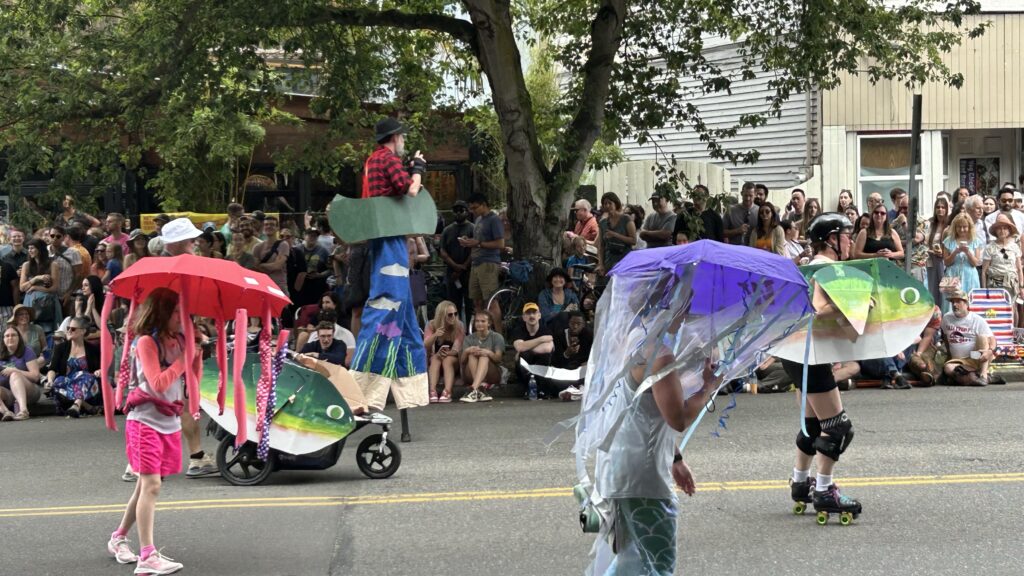
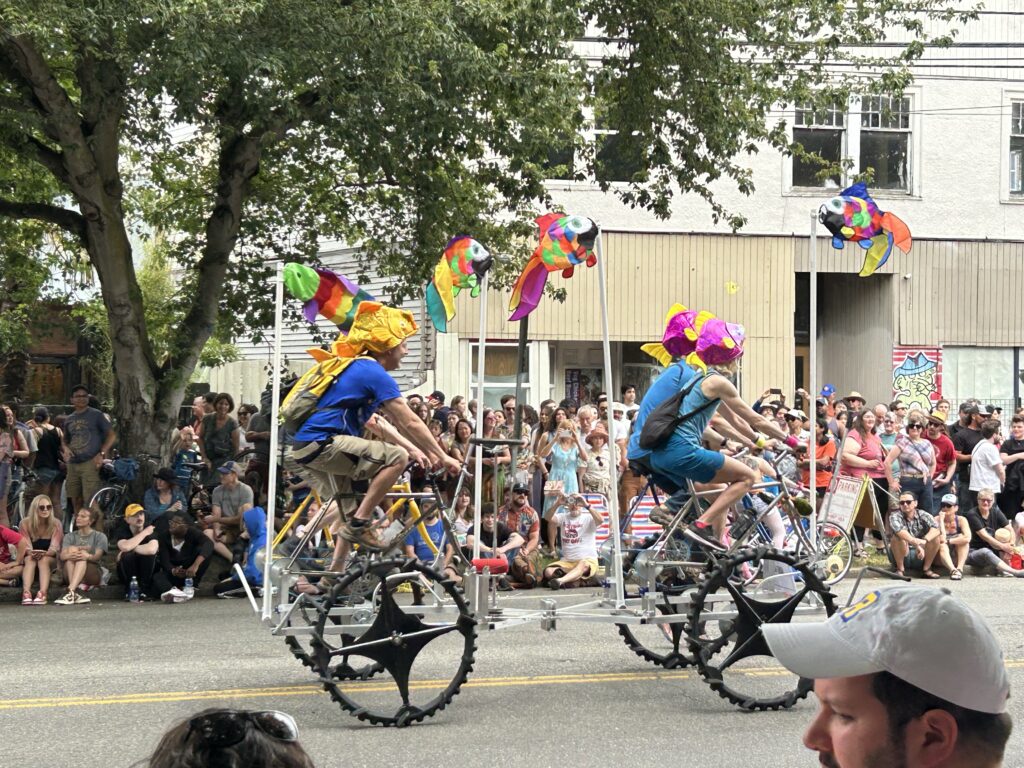
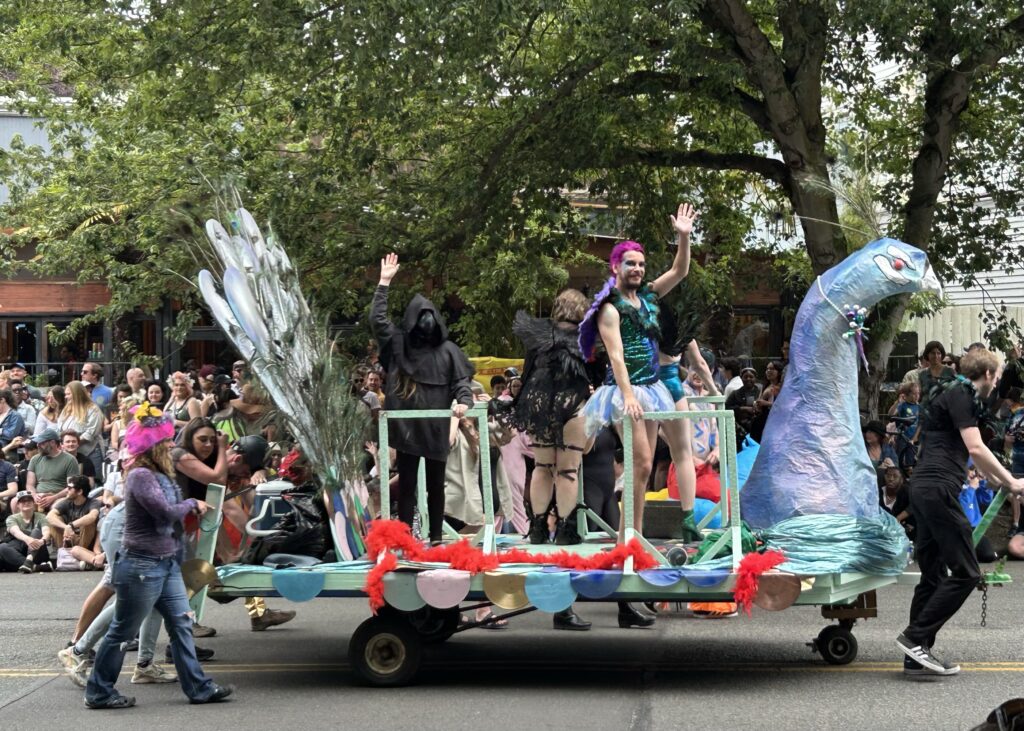
Statements
The Fremont Solstice Parade is renowned for its creative and often humorous political statements. Here are some of the most memorable political statements made by parade participants over the years:
Anti-War and Peace Themes: Various floats and performances have addressed issues of war and peace. For example, during the Iraq War, several ensembles featured anti-war messages, using art and satire to critique military actions and advocate for peace.

Environmental Advocacy themes are a recurring motif. Participants have created floats and costumes highlighting issues like climate change, pollution, and conservation.
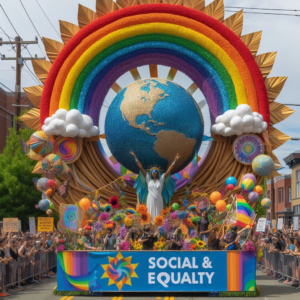
Social Justice and Equality: The parade has featured numerous statements on social justice issues, including LGBTQ+ rights, racial equality, and gender equality.
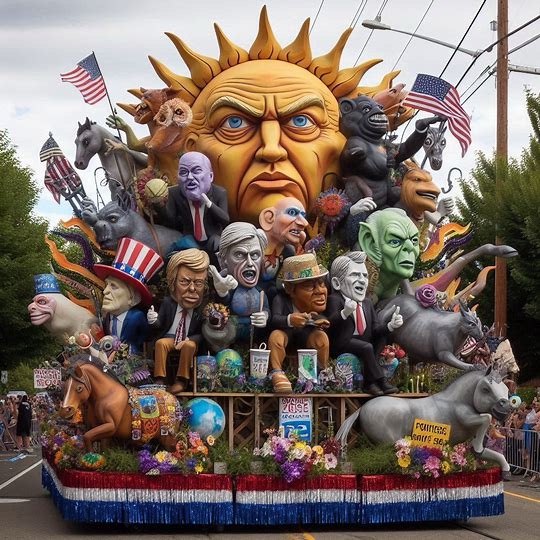
Political Satire: The parade is known for its political humor and satire. Participants have created caricatures of political figures and uused humor to critique government policies and political leaders.
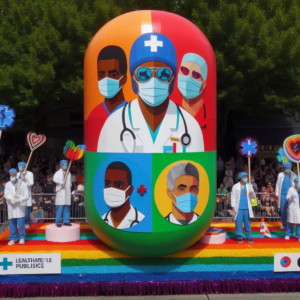
Healthcare and Public Services: Some floats have addressed issues related to healthcare and public services, advocating for better access to healthcare and criticizing cuts to public services.

Economic Inequality themes, such as critiques of corporate greed and income inequality, have also been prominent. Participants have used the parade to draw attention to the disparities between the wealthy and the poor.
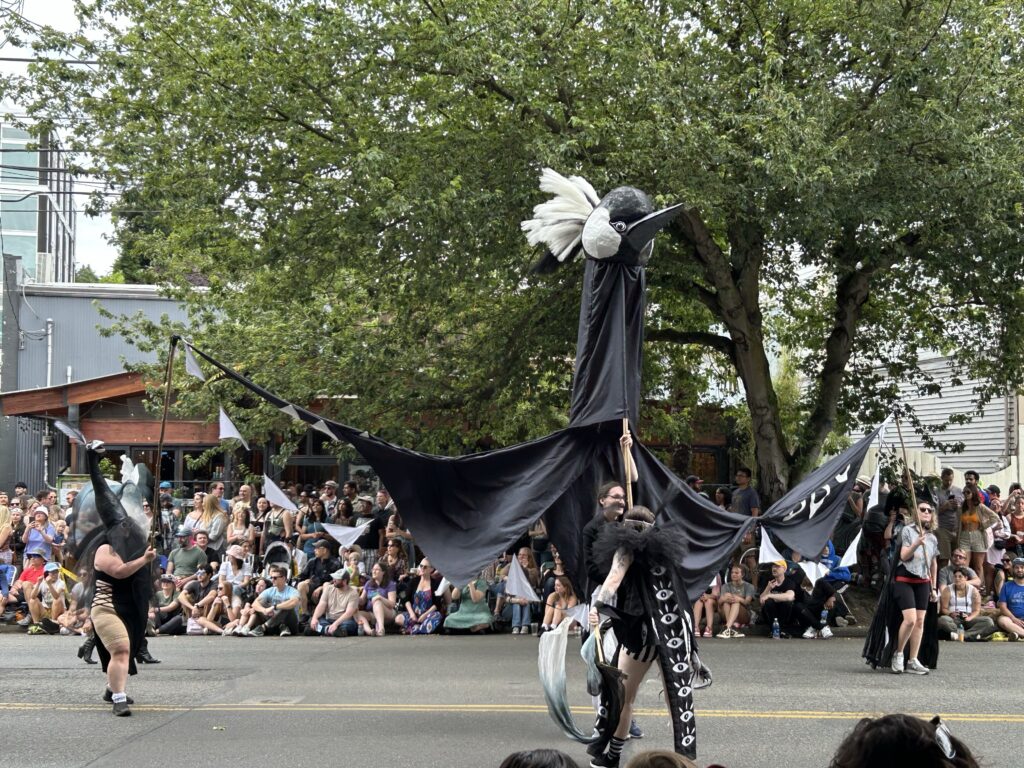
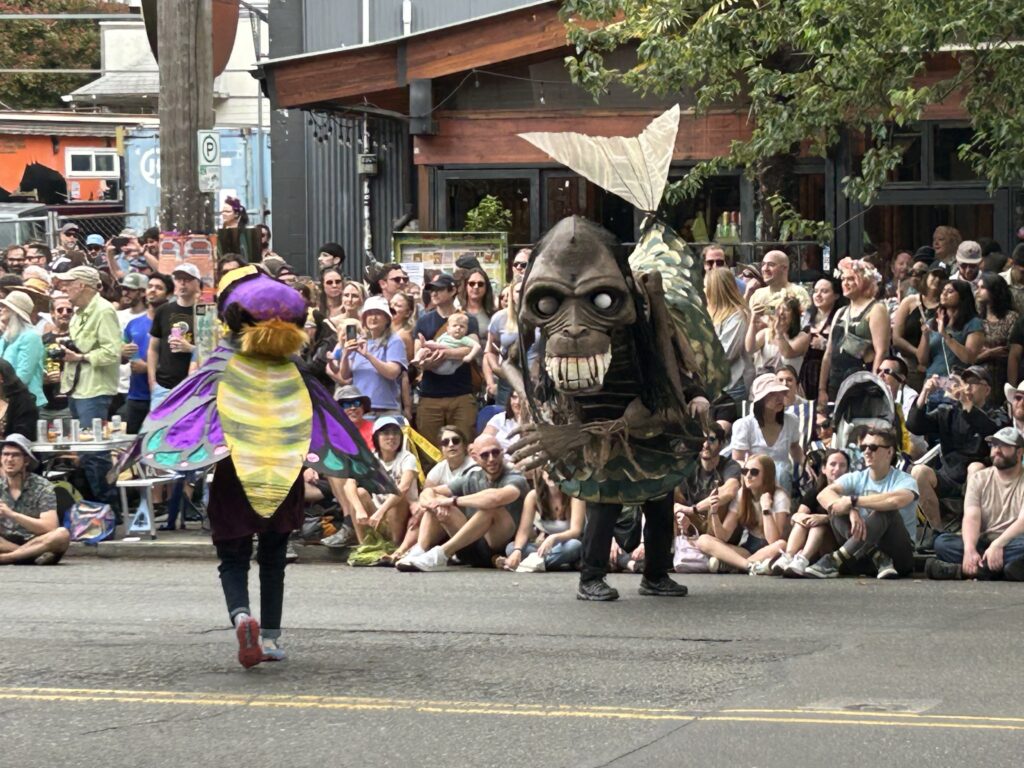
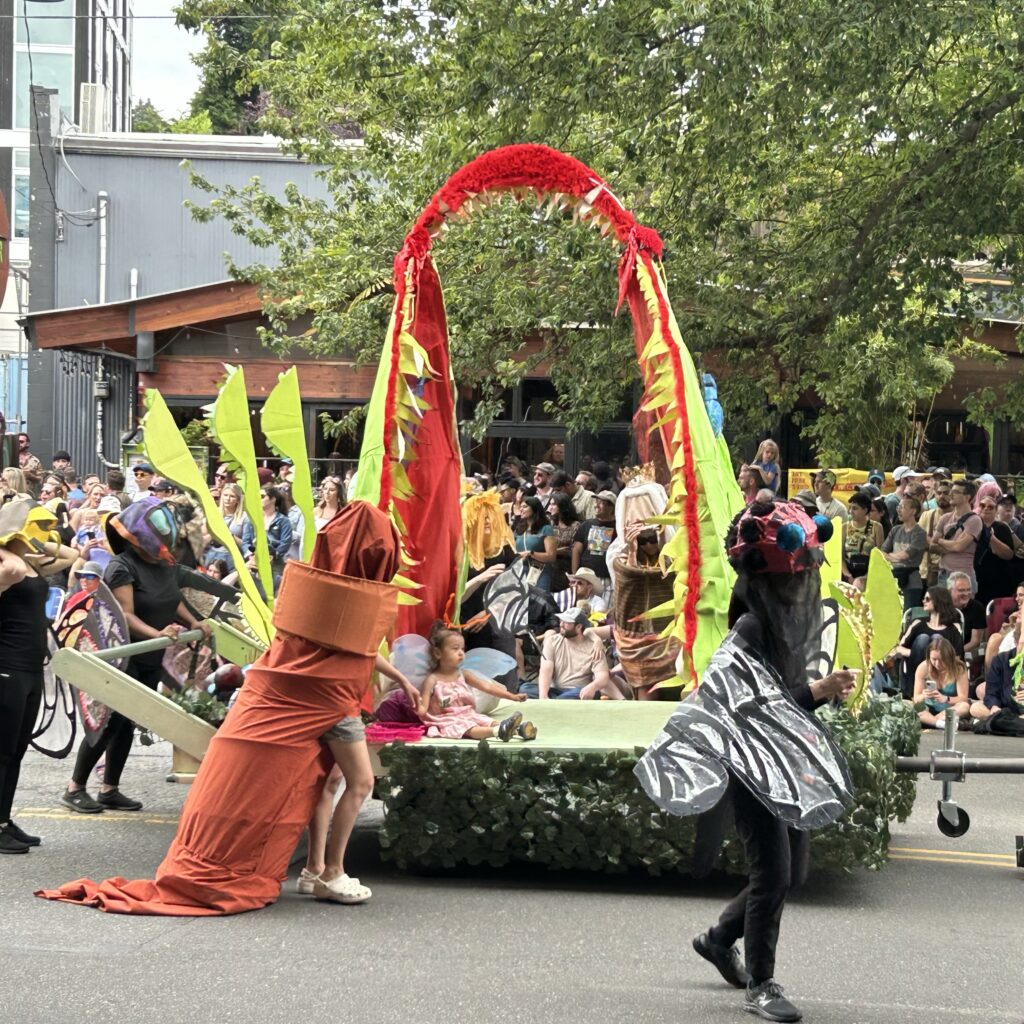
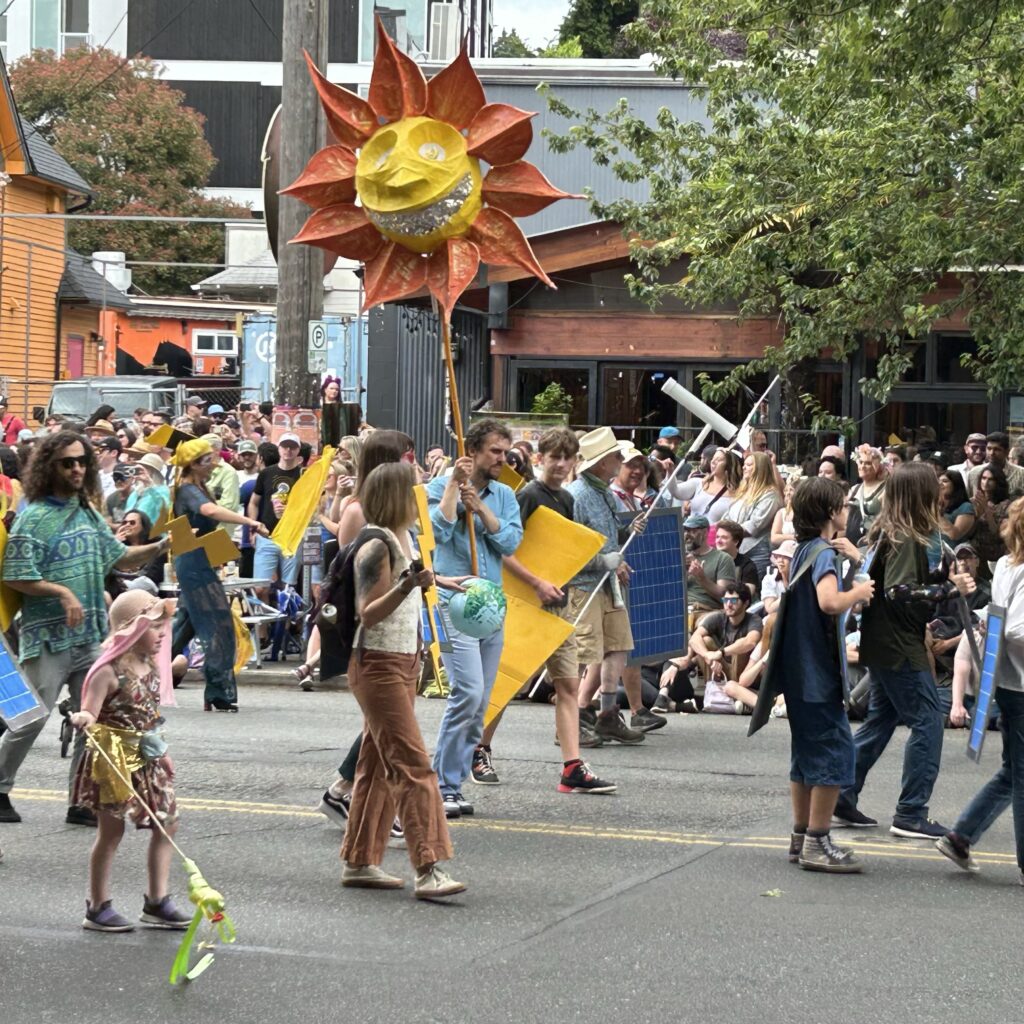

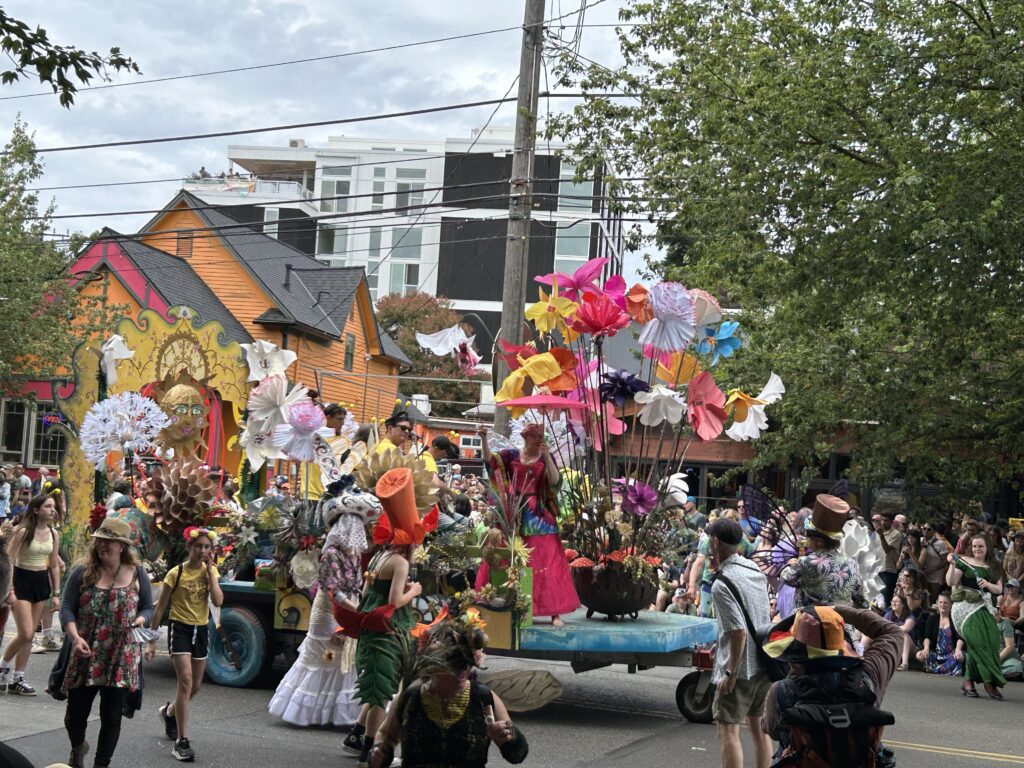
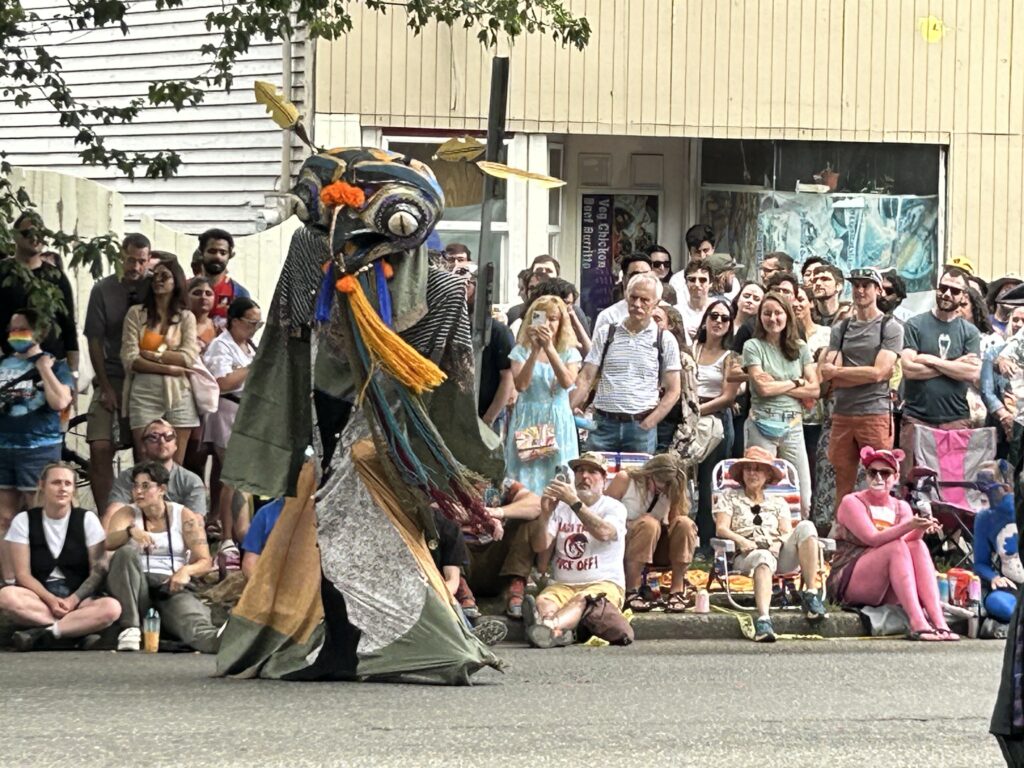
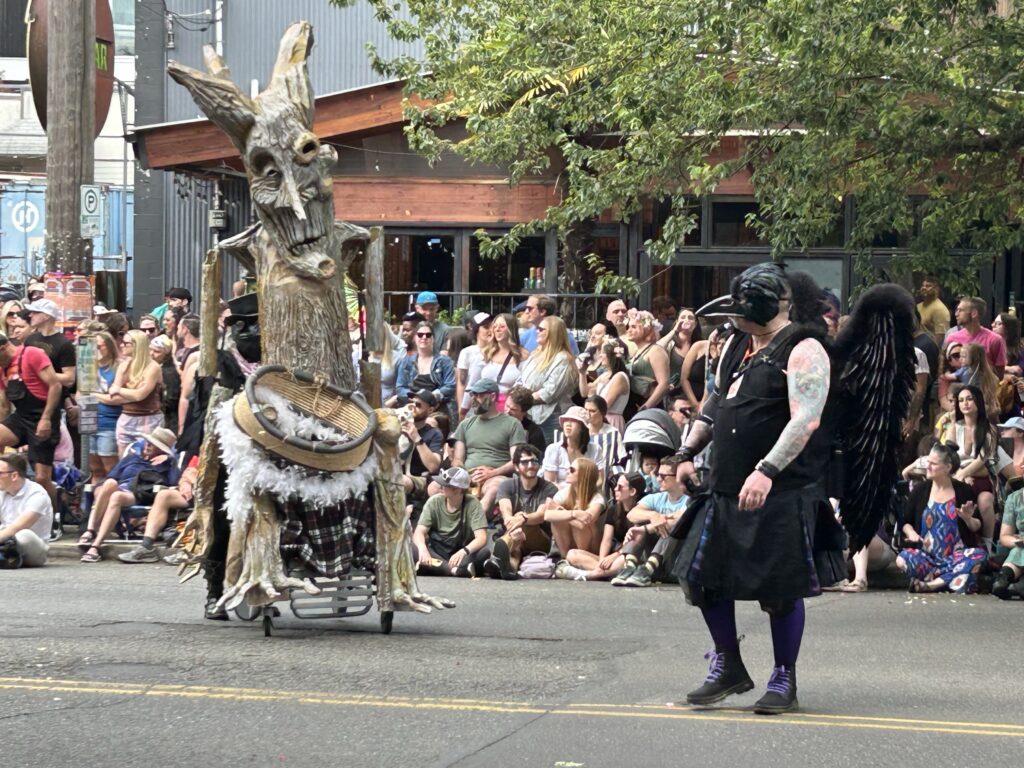

These political statements are a testament to the parade’s role as a platform for free expression and community engagement, allowing participants to address important issues in a creative and impactful way.
